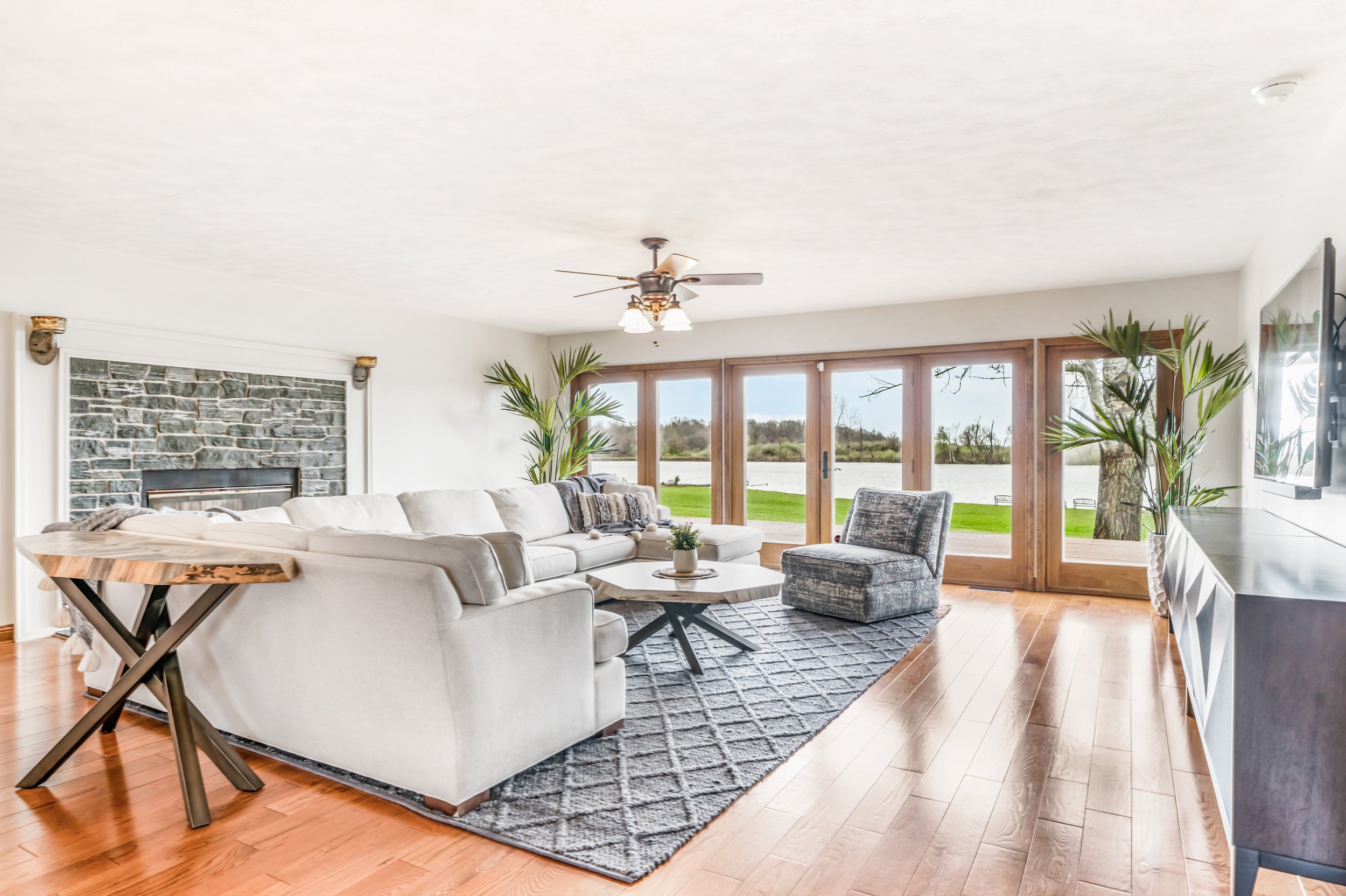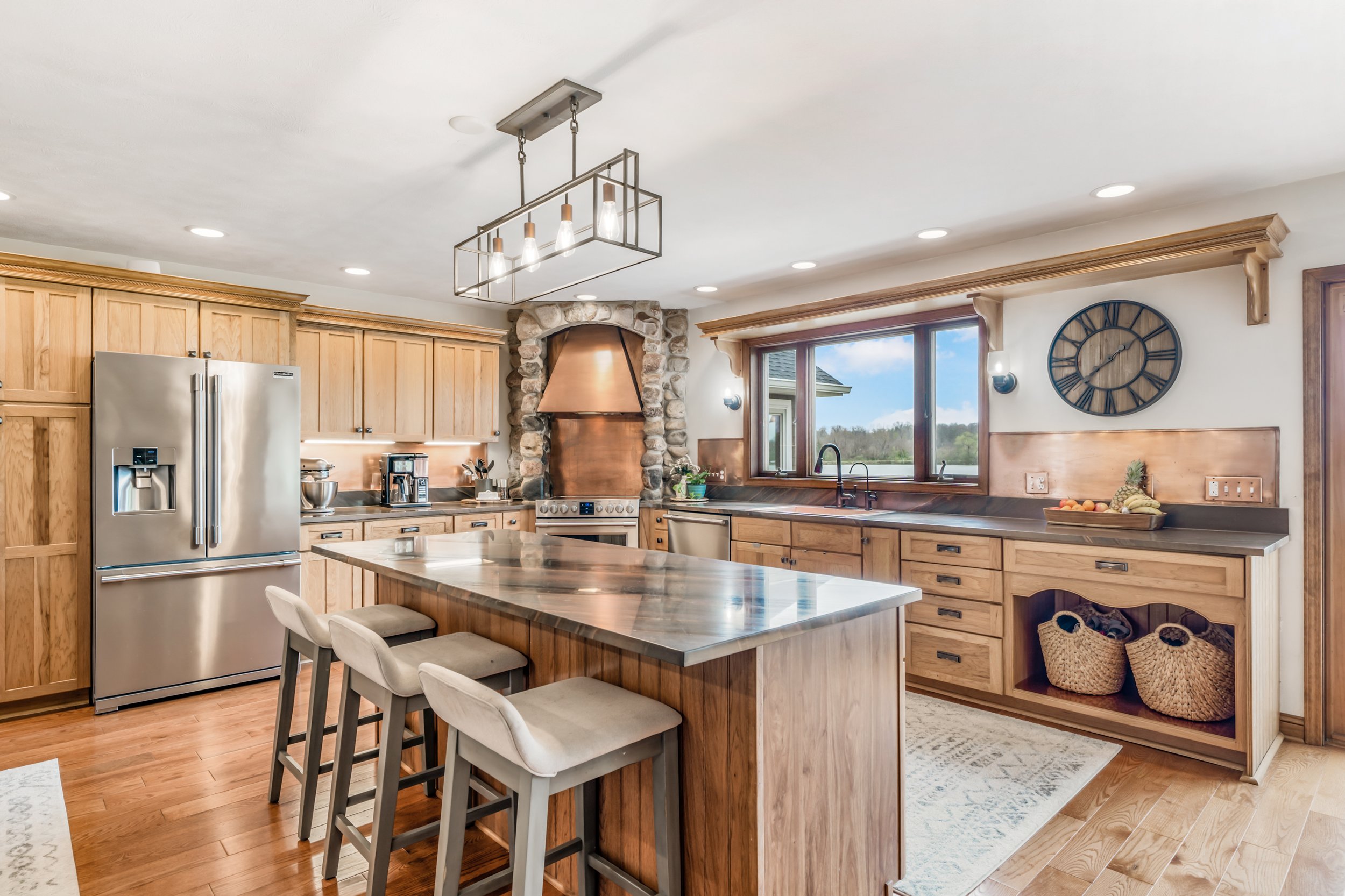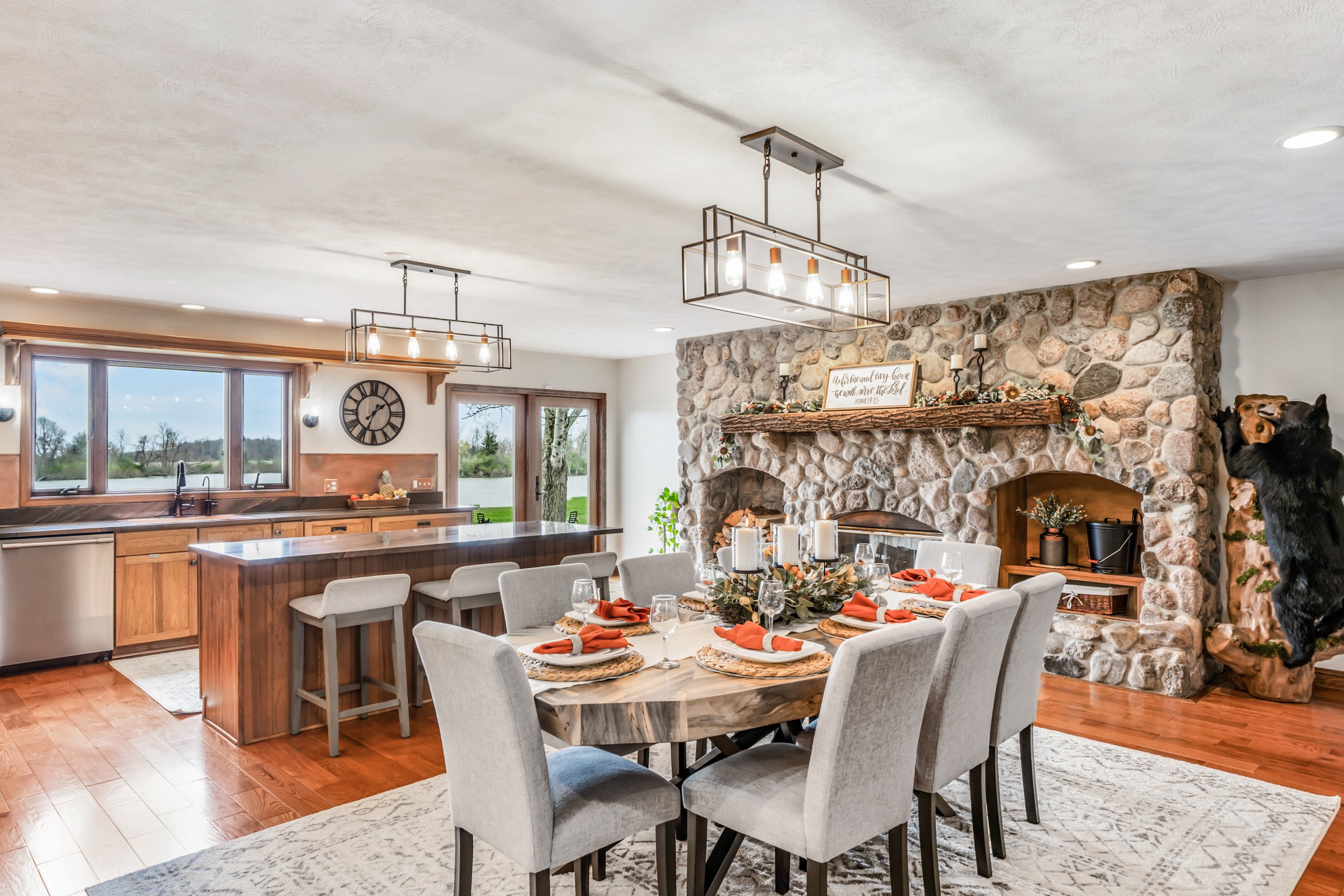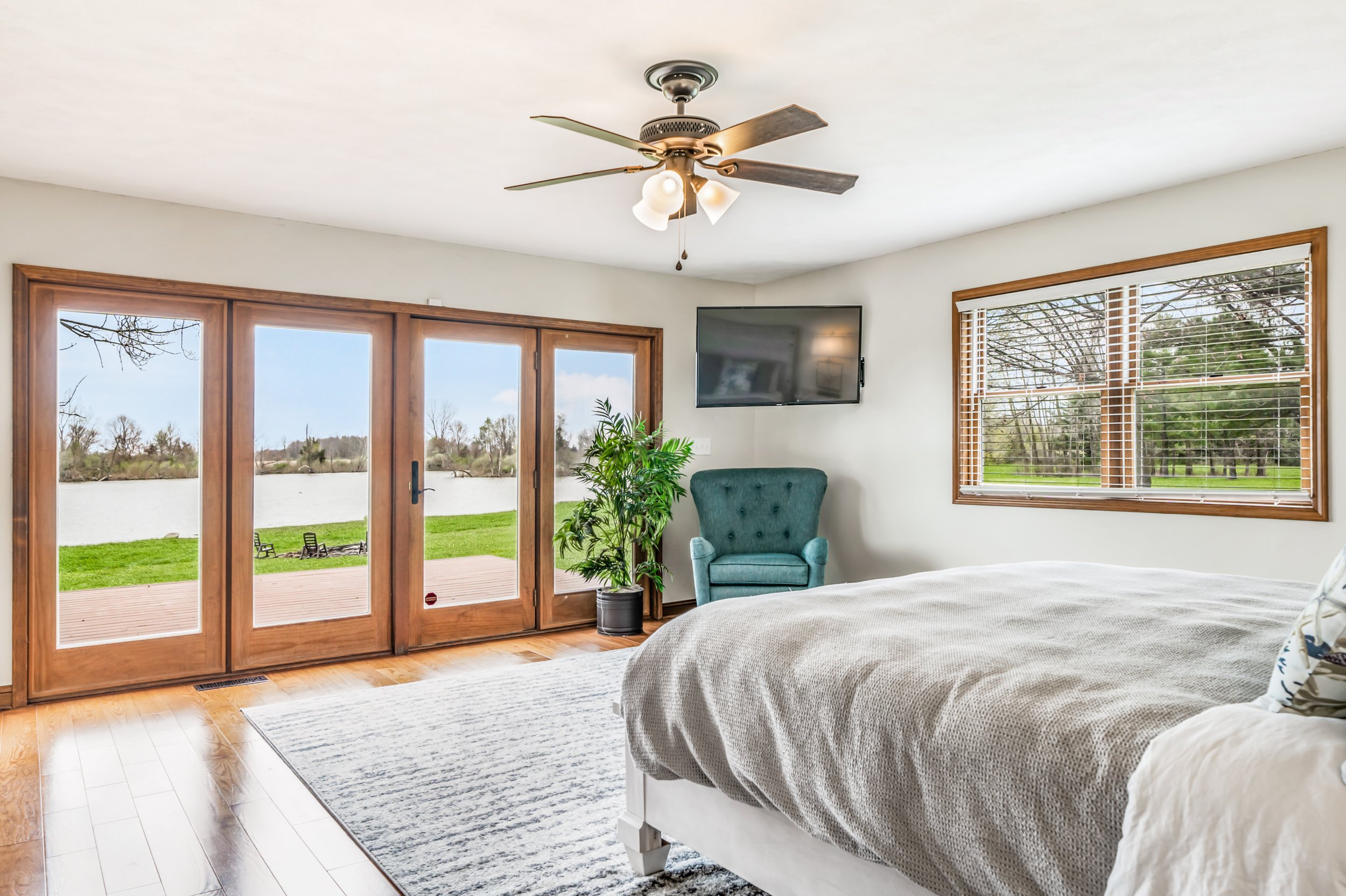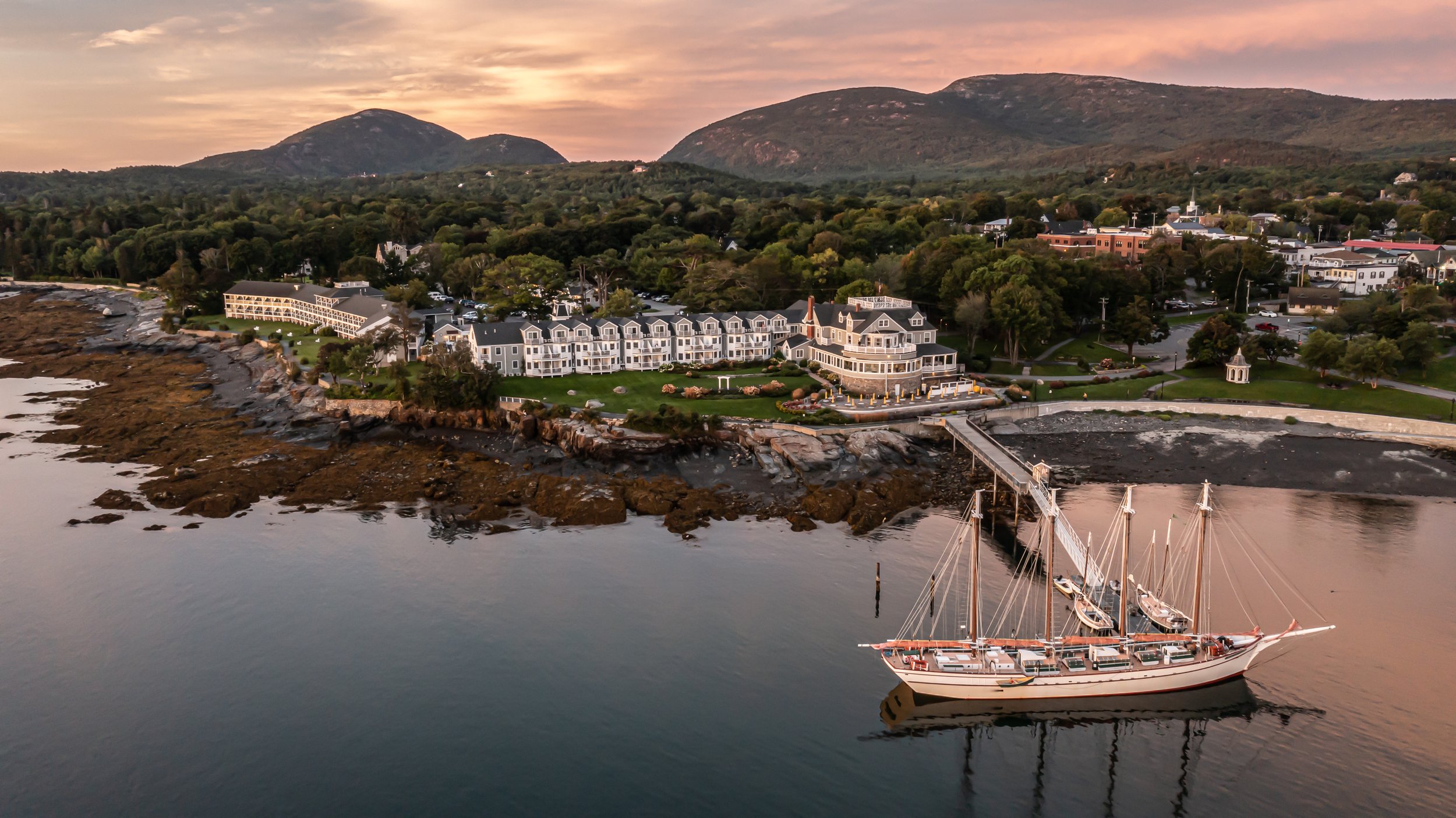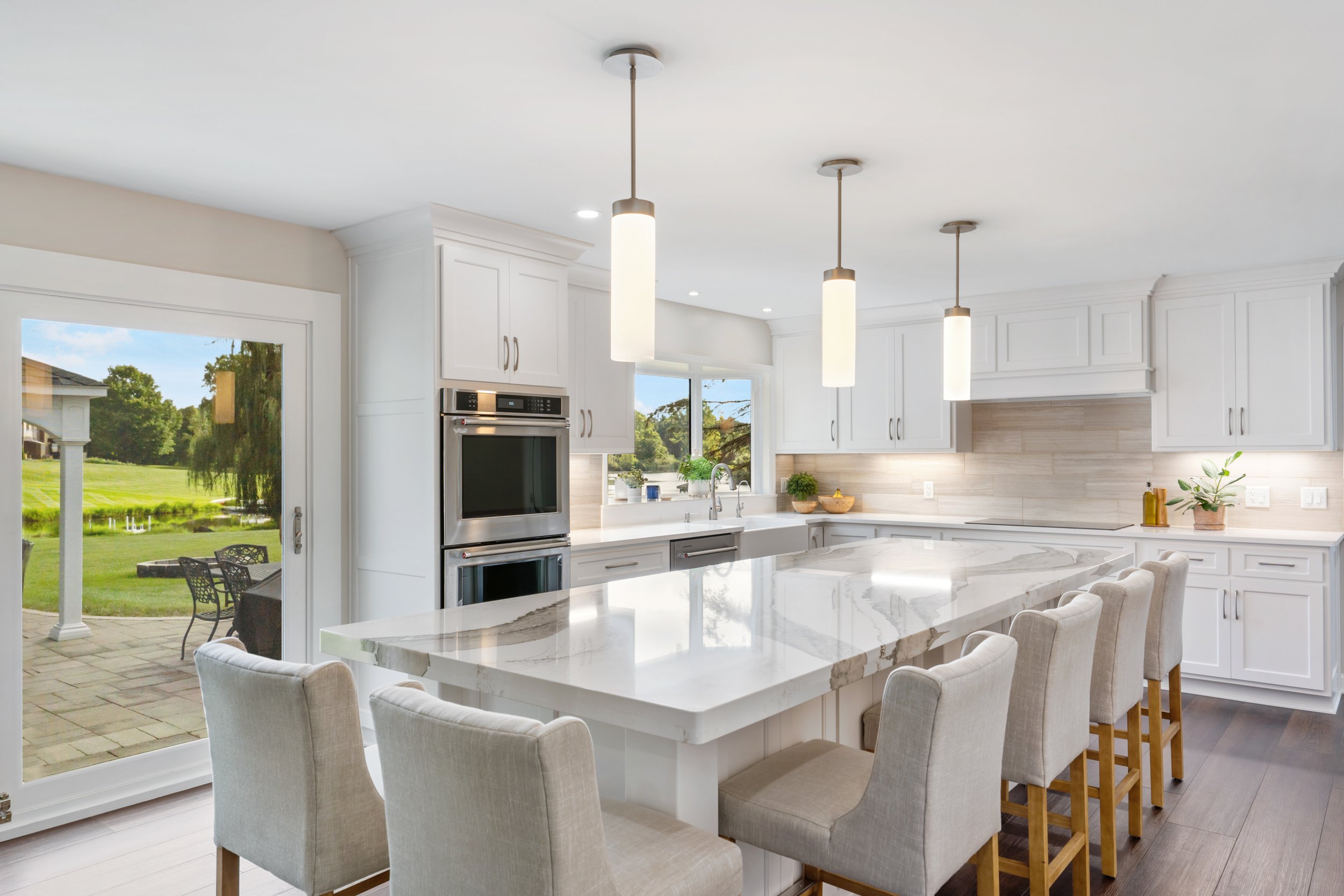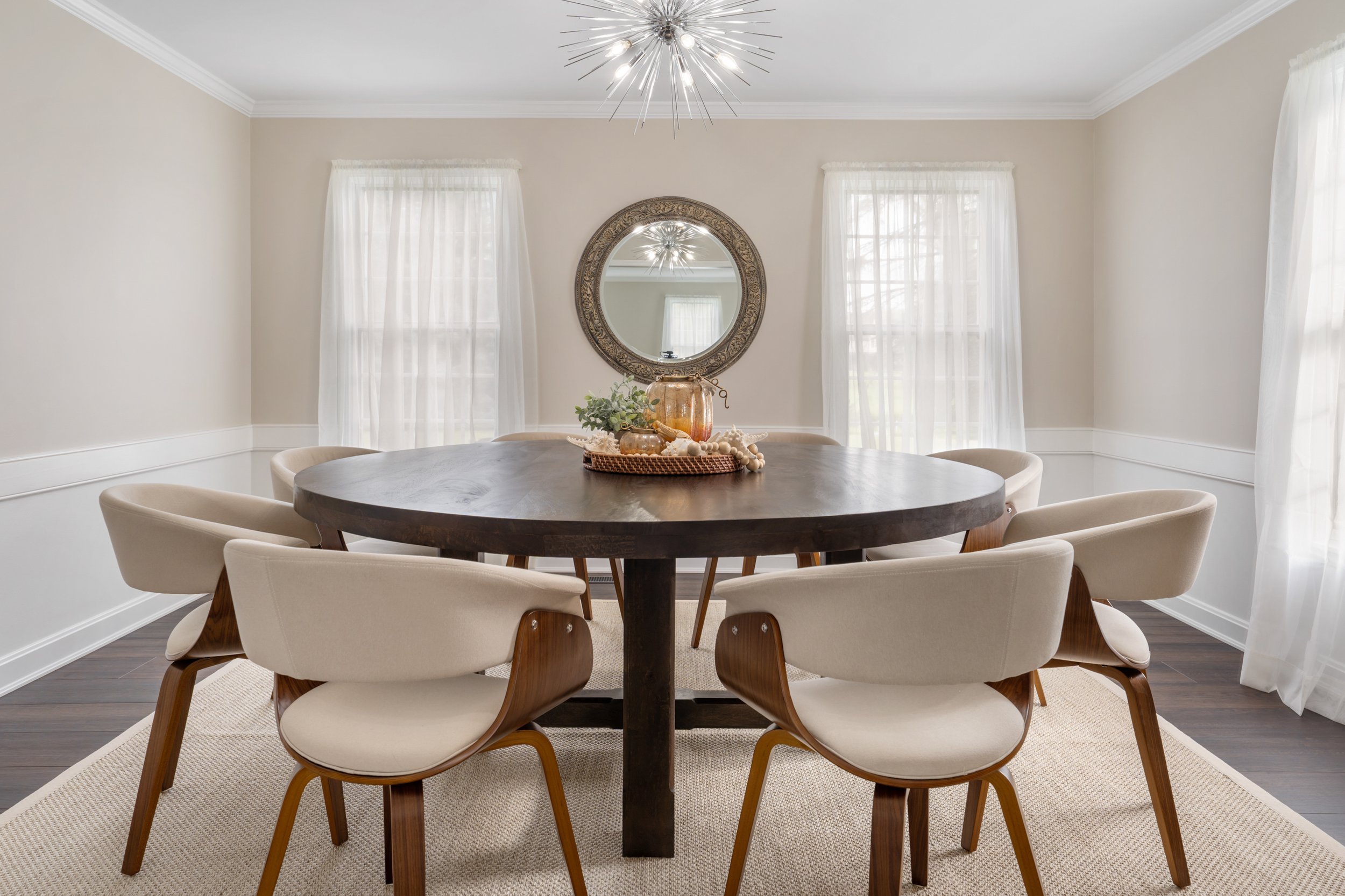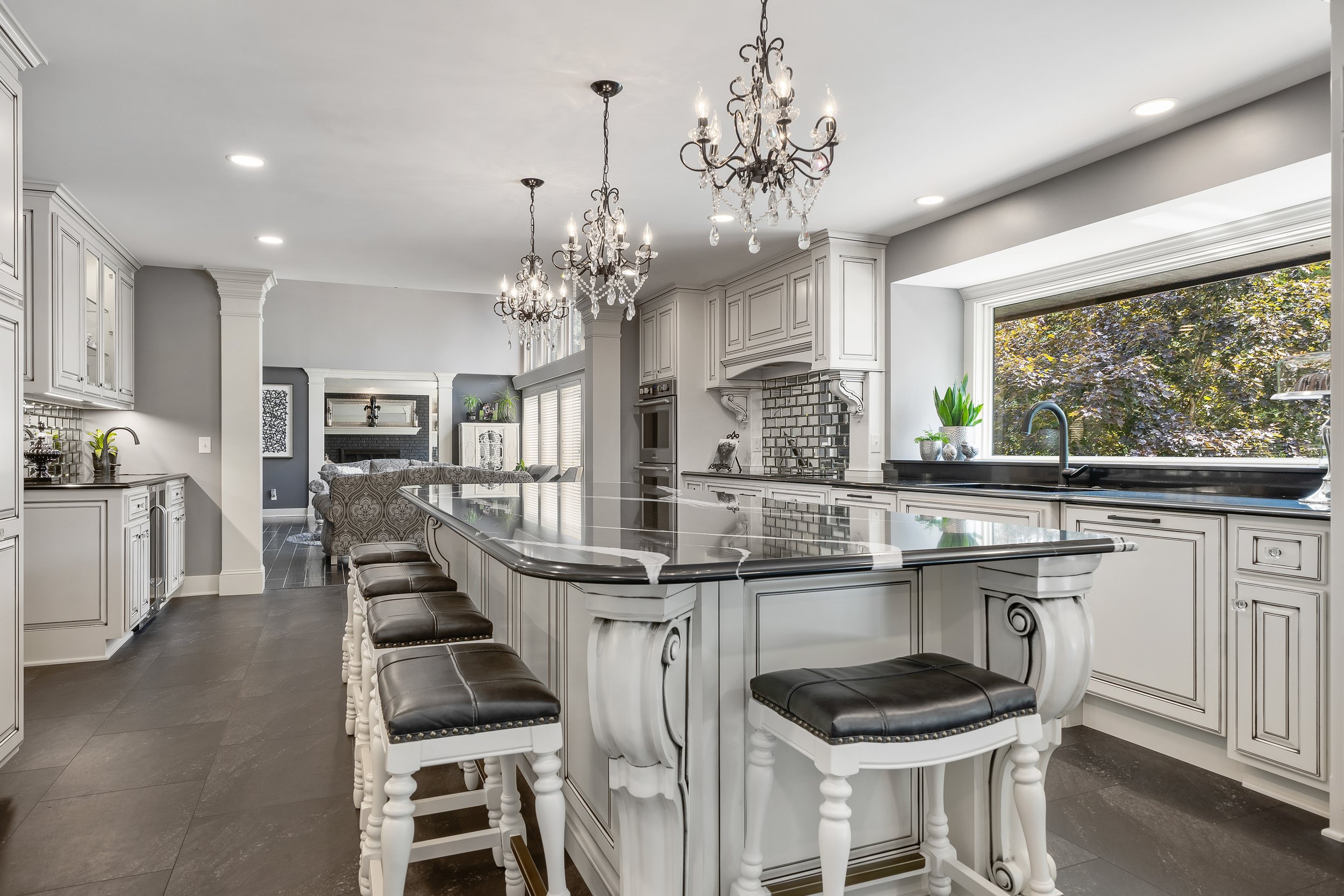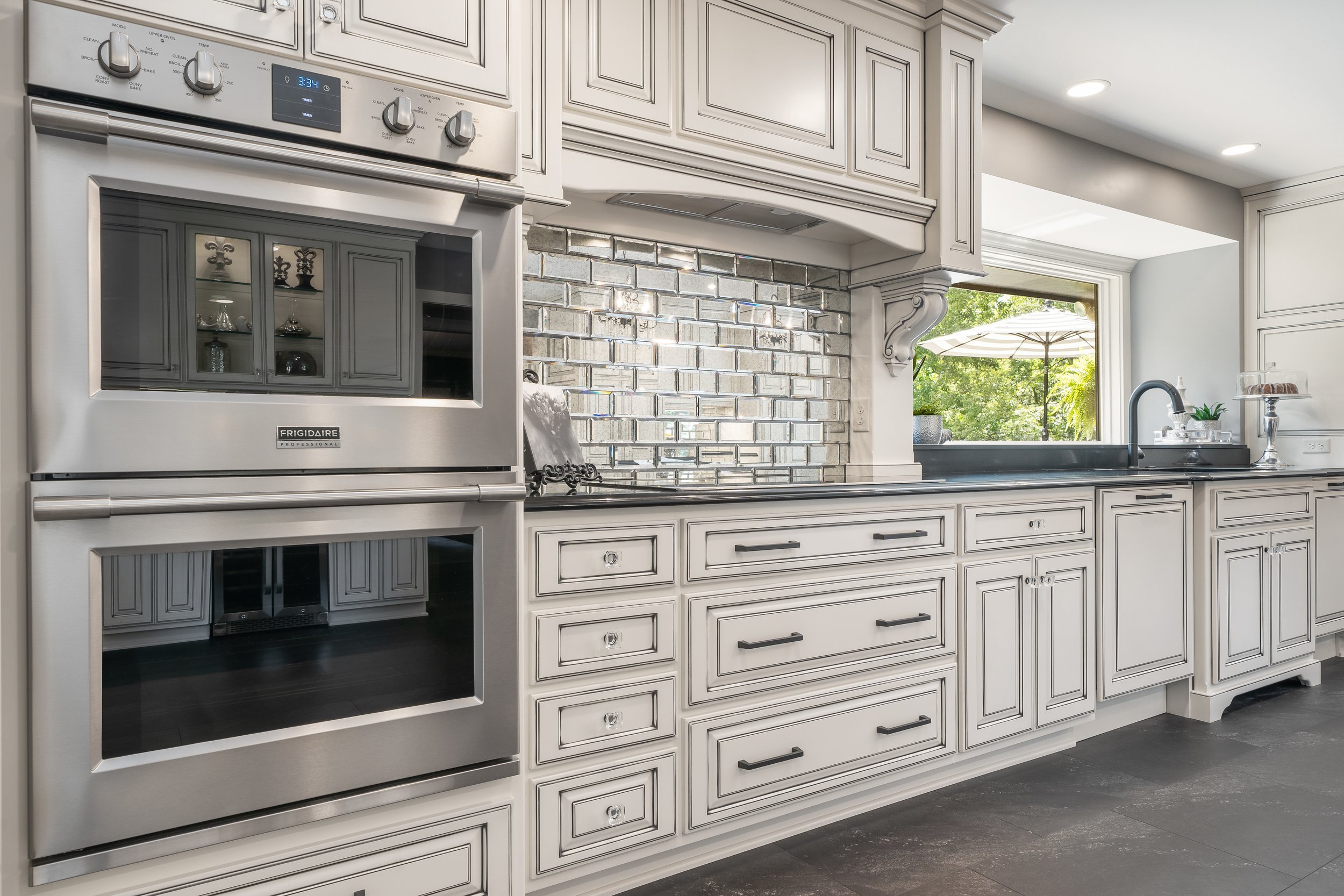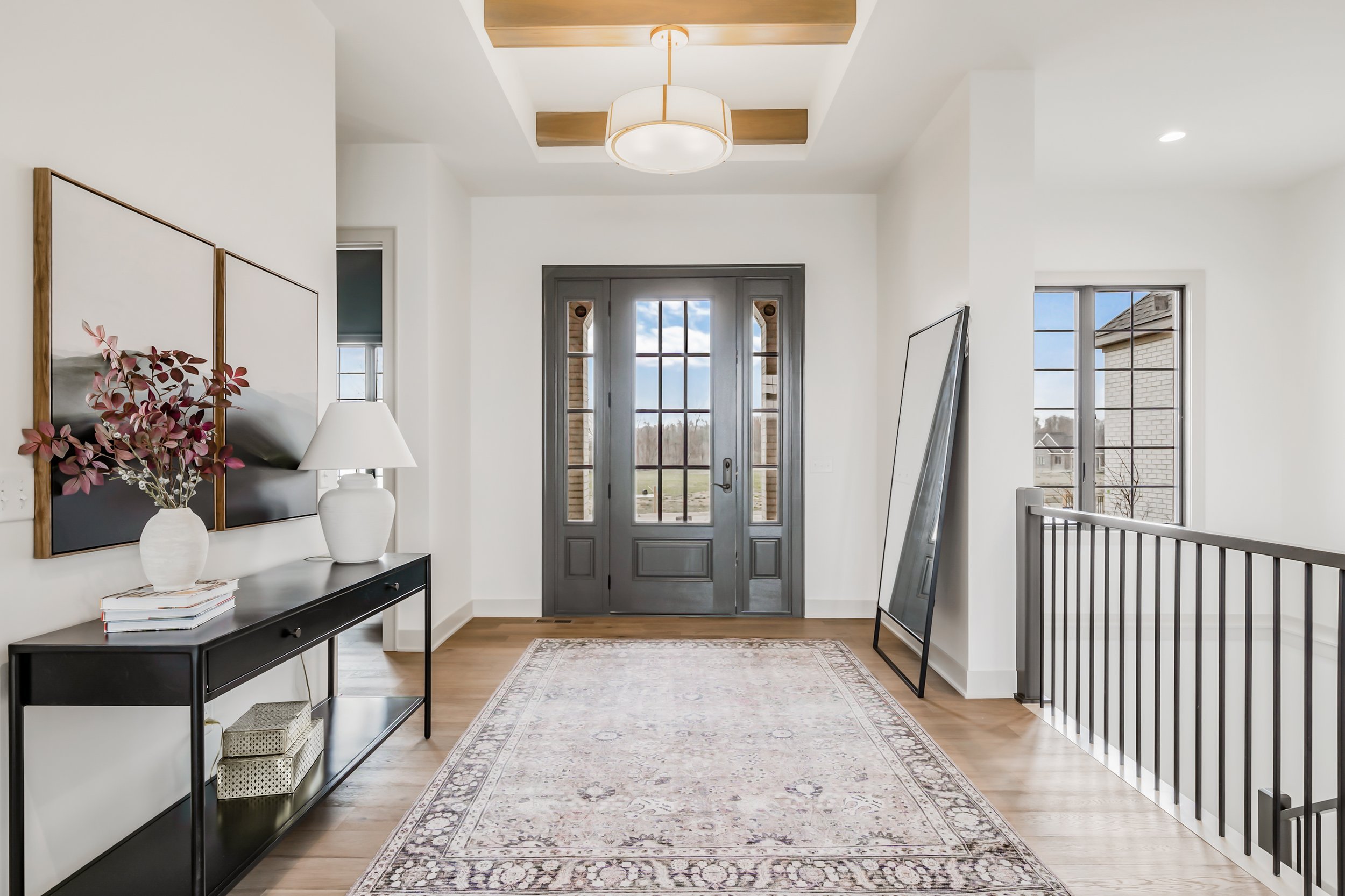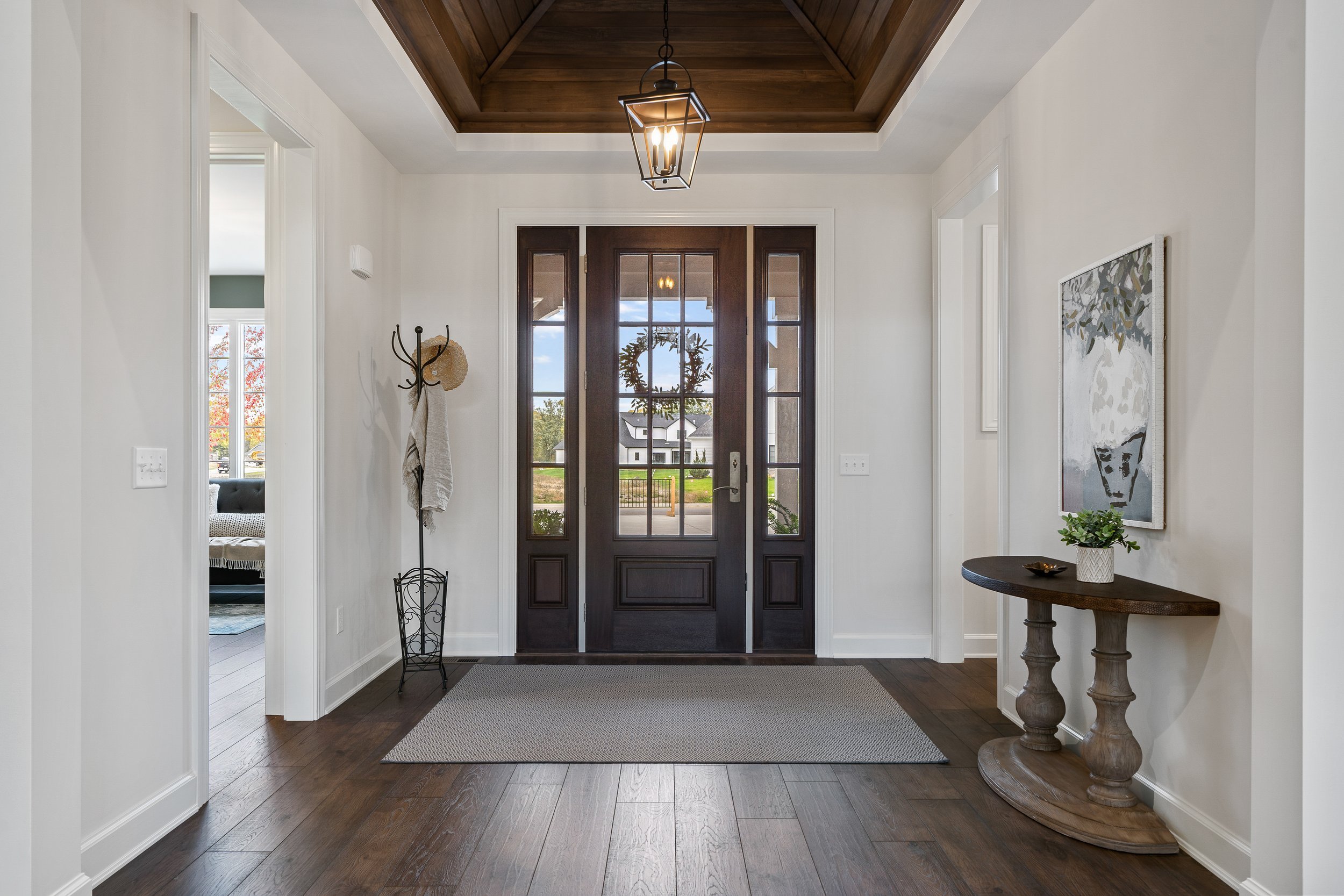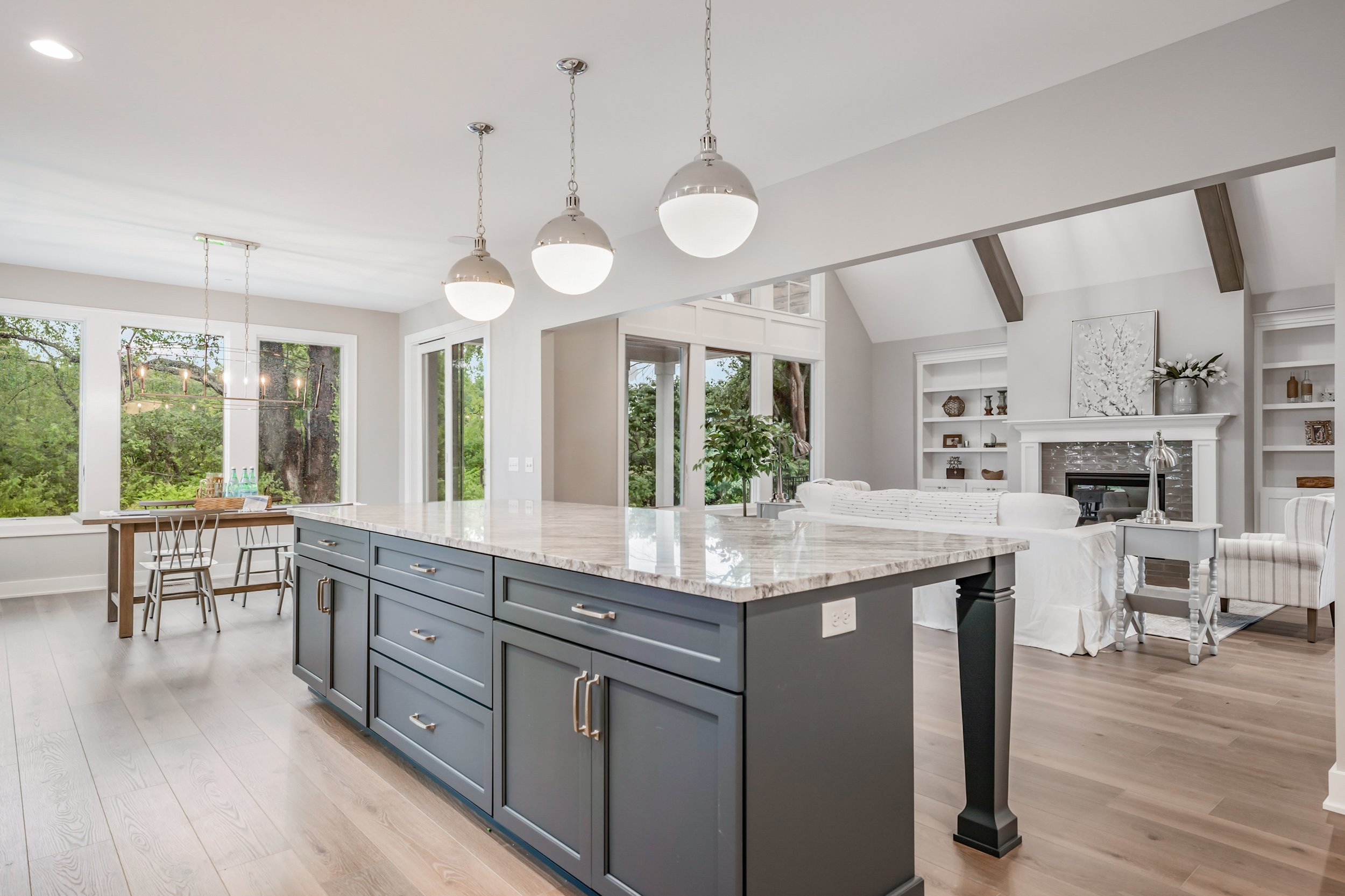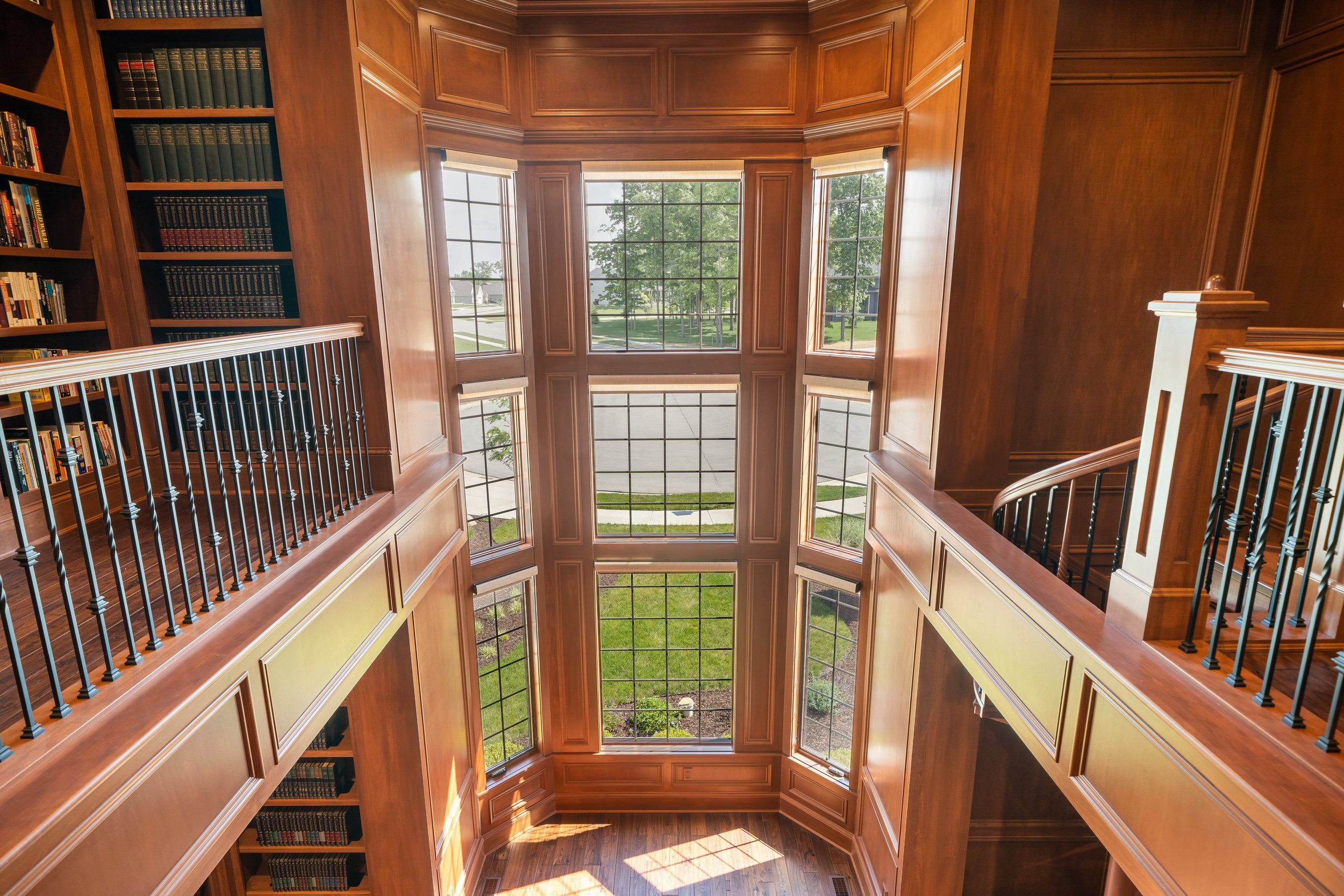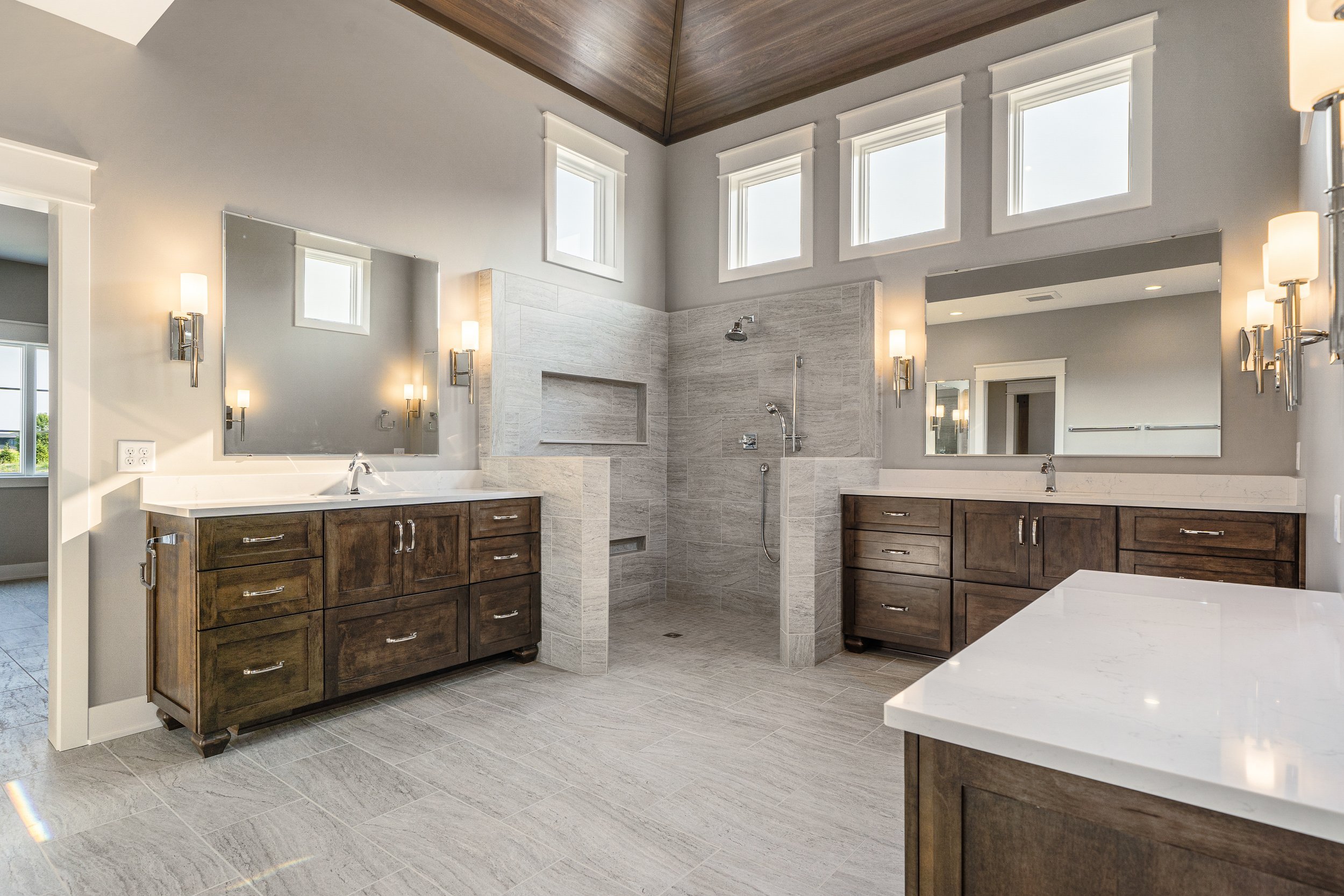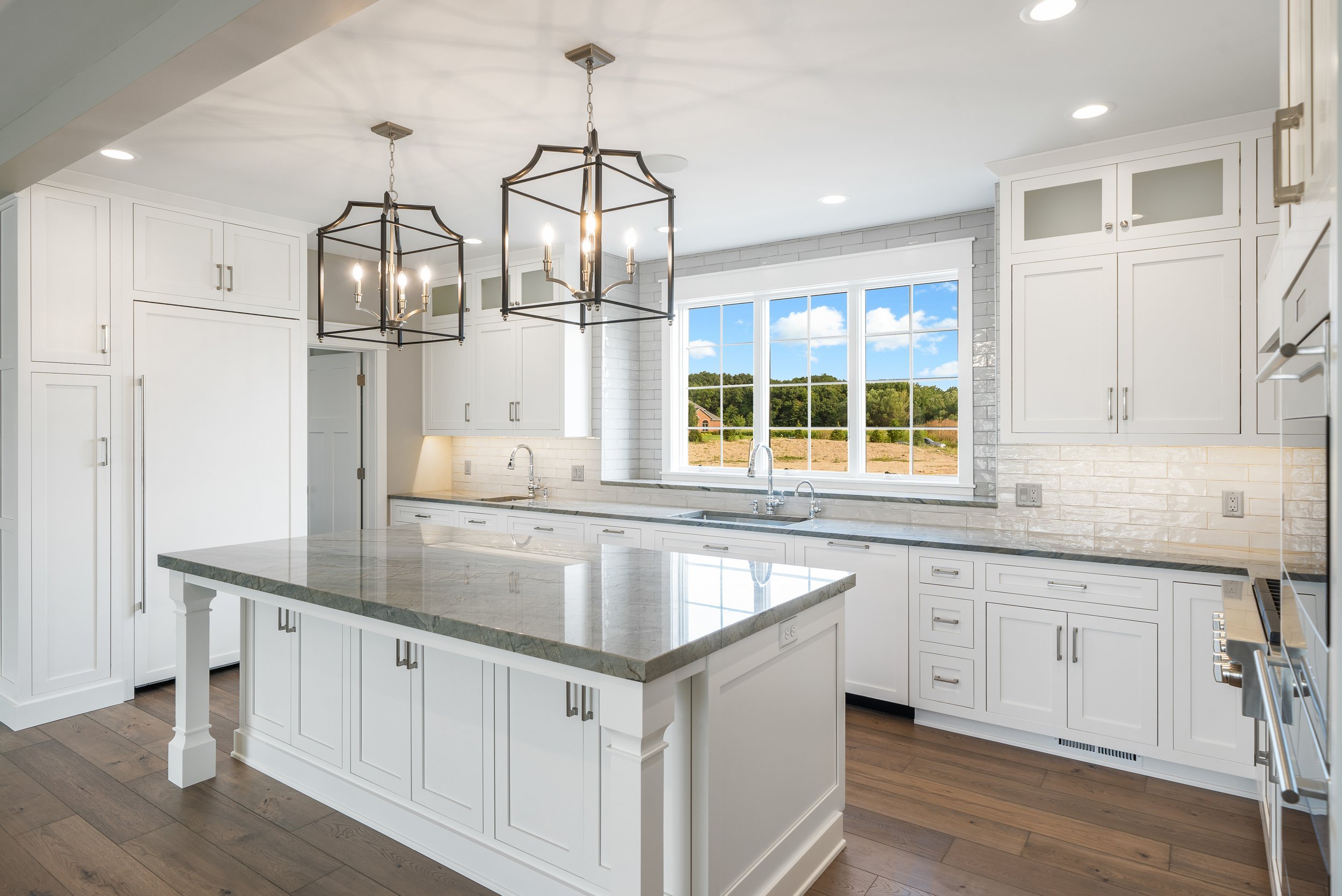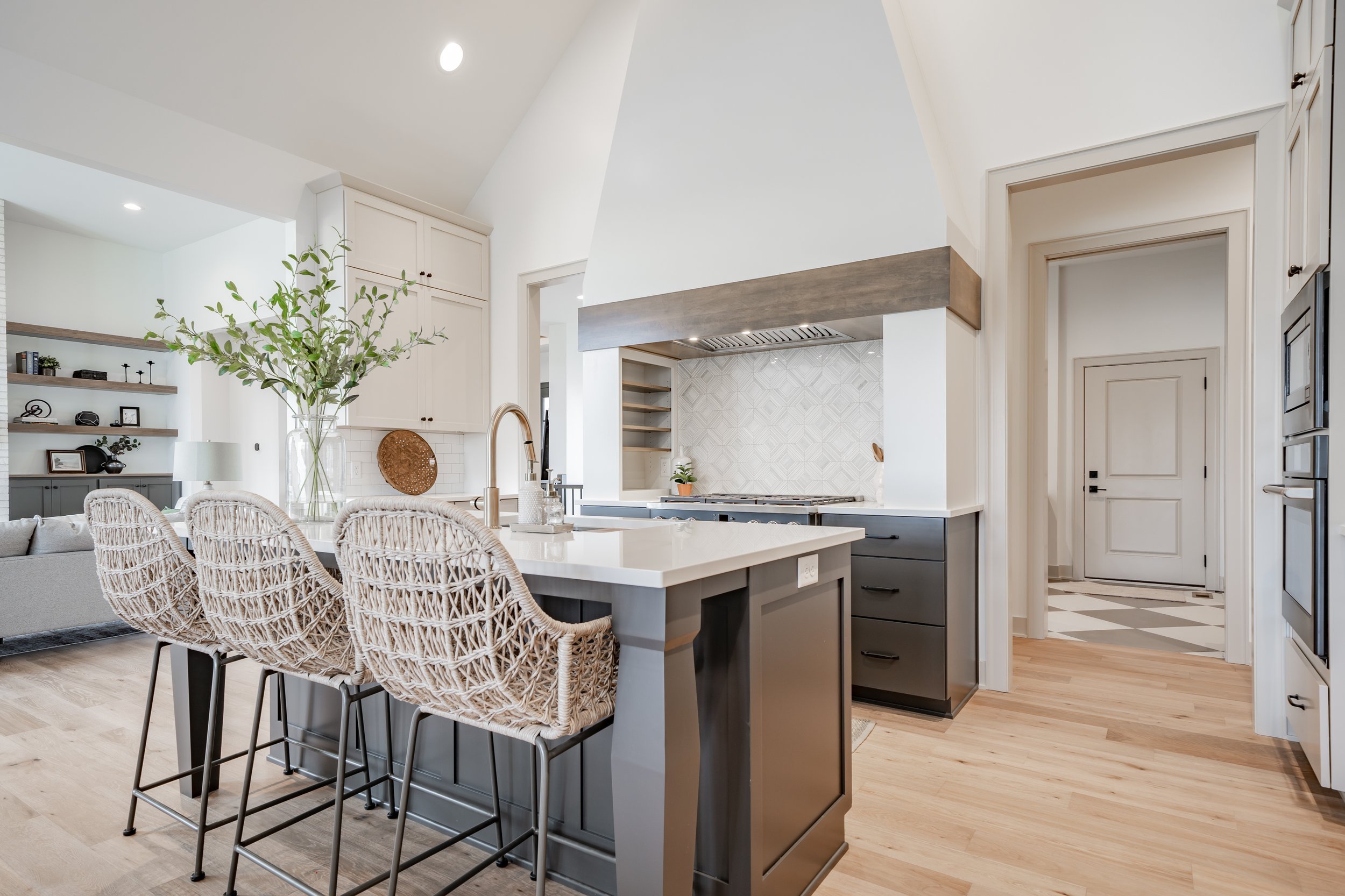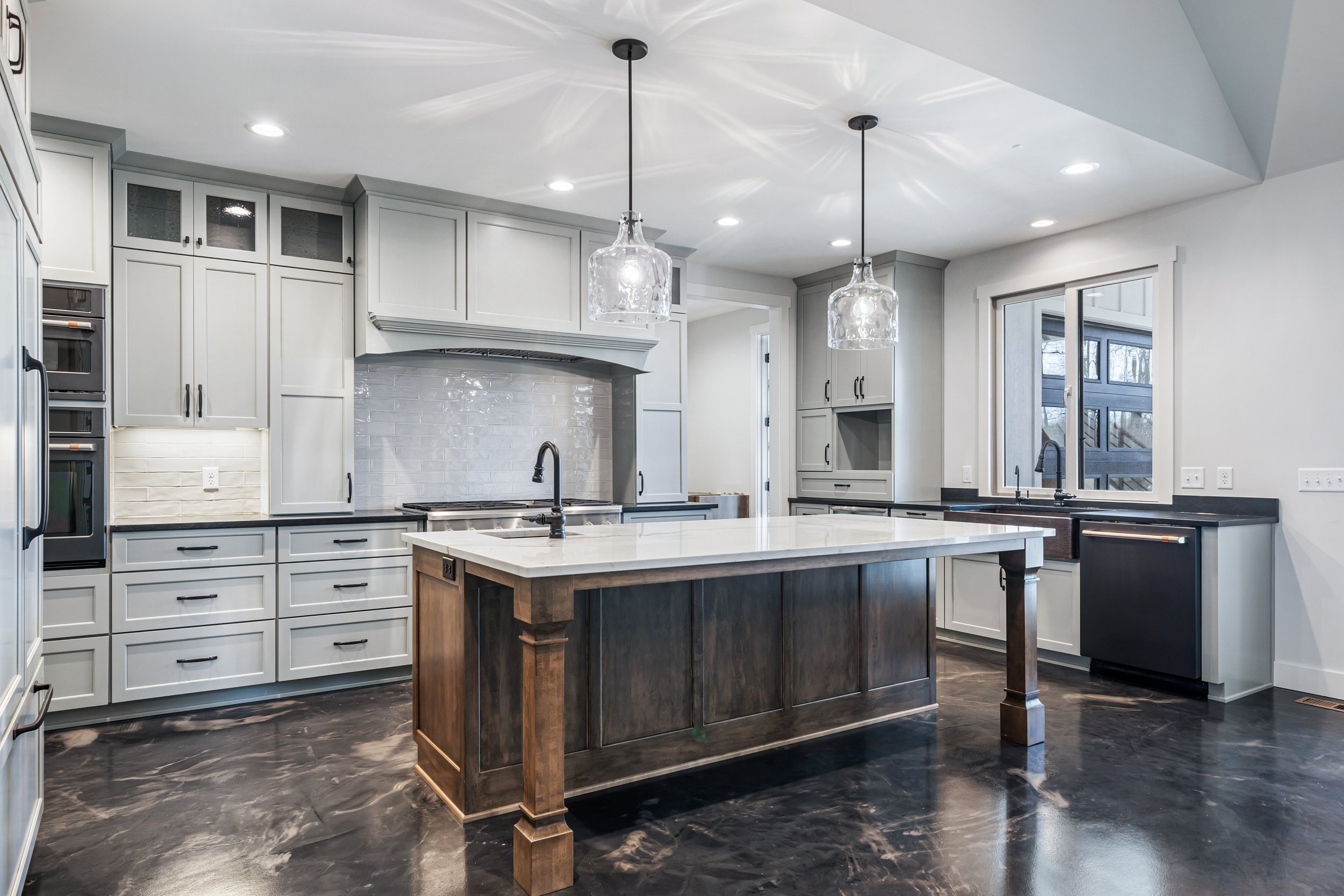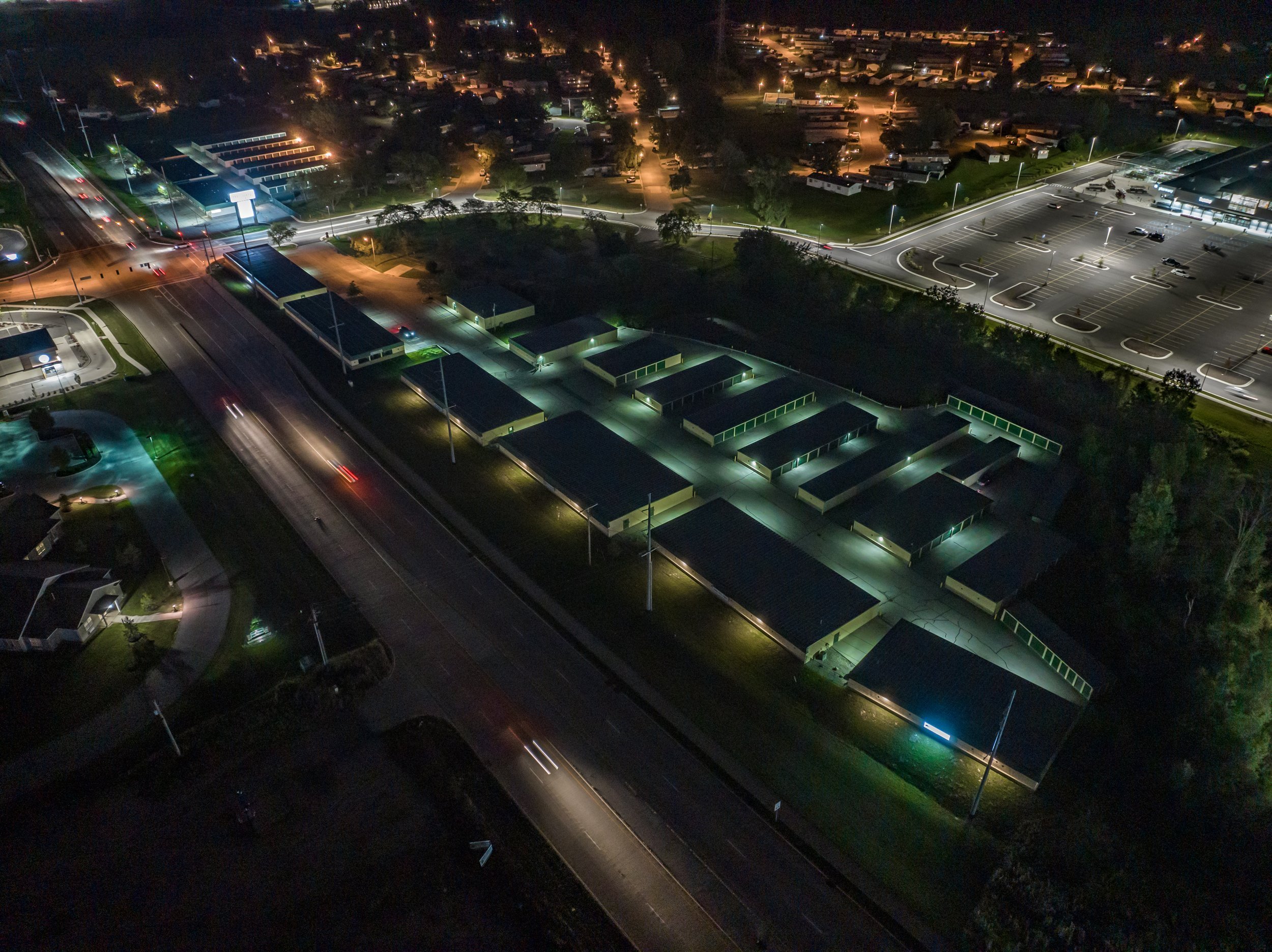How 3D Virtual Tours Can Immediately Benefit Your Business
We’ve all heard the phrase, a picture is worth a thousand words, if that’s the case, then a virtual tour is easily worth a couple million.
You may be thinking to yourself, the pandemic is over, no one needs 3D tours anymore. Not necessarily. Technology is, was, and always will be a key driving force in career advancement and the future of marketing. If you want to stay ahead of the competition and boost your bottom line, immersive high tech environments, seamless online experience, and increased user convenience are a great way to elevate your brand.
We’re talking of course about 3D virtual replicas of existing locations and spaces that clients and potential customers can explore from the comfort of their own home. Virtual tours are already extremely popular for things like travel destinations, educational institutions, event venues, commercial spaces, real estate, and so much more with no signs of slowing down.
Okay, but what exactly are the benefits?
So glad you asked! We’ve all heard the phrase, a picture is worth a thousand words, if that’s the case, then a virtual tour is easily worth a couple million. By embracing modern tech and going above and beyond, that is exactly what you are doing for your brand—elevating your status so that you stand out from the crowd.
Higher Engagement & Search Engine Ranking
On average, most visitors stay on a website for 52 seconds which means you have less than a minute to capture their attention—and hold it.
Virtual tours are extremely engaging, visually stimulating content that hook interest immediately and are viewed 5-10 times longer than websites without. This helps with SEO value by making your site “stickier” for Google as bounce rates decrease due to people staying to take and explore the virtual tour, thus moving you up in search results.
You won’t just be stickier for Google either, virtual tours are so immersive and require so much engagement that they create highly memorable experiences. People are up to 65% more likely to recall visual information for longer as compared to text only content, helping you stay top of mind.
People are more likely to visit your website if you have something interactive for them to click around in, such as a virtual tour, verses sites with only flat images. As far as real estate goes, virtual tours get clicked on 40% more than listings without according to WAV Group.Confidence + Increased Sales
We live in a visual world, and thanks to the internet, we have come to expect a minimum threshold of digital footprint to help us assess, analyze, and rank the validity of companies and their products and services. From online review sites to social media, having optimized visual content that represents your business at the highest level is of utmost importance.
Listings with photos and virtual tours are 78% more likely to be viewed as well-established thus inspiring more trust. It also weeds out people who might not be seriously interested who otherwise may have wasted your time as they could not get a full picture based on standard images. Clients who contact you after they’ve seen the virtual tour are more qualified buyers/customers who are well aware of all aspects and have a greater intent to commit to the sale.
Yes, static images are great and show a lot of detail—but photos can also be edited and make the space look completely different than it really does. Virtual tours are much more realistic making people feel like they are actually there, and making you seem more reliable and trustworthy than your competition.
Statistics show that websites with virtual 3D tours have sales conversion rates approximately 27% higher than standard 2D photos.
Convenience & Time (& Money!) Saver
Being able to visit and explore a location or space from anywhere at any time is one of the biggest benefits of virtual tours. Not everyone has the time to drive and physically travel to your business or listing, and busy professionals and out-of-town individuals are always on the lookout for time saving hacks.
Bonus points for both you and the visitor: No crowds, physical limitations, no drive time for either of you, makes multiple visits easier, and the tour is available round the clock 24/7. This means they can view at their leisure no matter the hour, and you don’t have to carry out yet another tour or showing.
If you’re a realtor, you can show multiple properties at one time without having to visit every single home multiple times. If your business has private, off-limit areas, or spots that are difficult to access for those with mobility issues, a virtual tour eliminates issues while providing a premier inside peek.
Virtual tours also save you from hosting in person tours or paying someone to hold them for you, as well as saving money on gas.Marketing Edge + Increased Visibility
According to an Ipsos Media CT case study, complete business listings on Google with both photos and 360 tours generate twice as much interest boosting your online visibility and allowing customers to look inside before they commit.
The longer guests stay on your website, the better Google will rank it and this translates into more web traffic and increased visibility. Not only that, 3D tours can be uploaded to websites, social media, and real estate websites giving them an advanced level of sharability which makes it easier to connect with bigger audiences.
This also gives you an edge above competitors who aren’t using them, positioning you as an innovative and contemporary brand embracing modern technology. There is also something to be said about presentation value, and enticing potential customers to commit by engaging their curiosity.Additional Information
Instead of listing out facts, features, and details in boring lists, users can choose what information they want based on where they are in the virtual tour. They can read and absorb at their own rate and go back as needed with no pressure from an in person tour.
As visitors navigate the 3D space they can examine all points of interest to them and click on information hot spots as desired and highlighted by you. By incorporating supplemental materials such as text, captions, music, videos, animations, PDF, even narration, you can curate and enhance an unforgettable experience.
When it comes to 3D virtual tours, there is nothing else even close to creating a completely immersive realistic visitation aside from actually being there in the flesh. People naturally feel more affinity with things they can see, and this plays a crucial role in establishing you as someone they know, like, and trust which then leads to converted and satisfied clients.
Virtual 3D tours create a more efficient sales process, elevate marketing through increased interest, and allow “visitors” to form a stronger connection thereby increasing the likelihood of a faster, more successful sale.
Tony Frantz has been taking photographs, drone shots, and making videos for the past 25 years. Are you looking for a 3D virtual tour of your home, business, or real estate listing? Book your Matterport 3D tour today!
Need a new website so you can display your 3D virtual tour of your business or listing? Tony Frantz Studio is a full service web design and marketing agency ready to help.
The Importance of Photography Mentorship for Professionals
Have you ever heard of the idea, that you should be who you needed when you were younger?
Have you ever heard of the idea, that you should be who you needed when you were younger?
When I first started my photography business over twenty-five years ago, there were not *that many* photographer coaches or mentors, at least not in the numbers and popularity we see them today. Instagram and the internet are now full of coaches and influencers selling guides and “how to’s” for almost any profession you can imagine.
There are also so many more tools and tons of new technology around to help anyone thinking of starting their own business. In terms of photography, the vast amount of equipment options, accessories, software, and editing styles can be overwhelming when taking those first steps towards building a brand.
Over the years, I’ve been able to find some fantastic mentors and guides who have helped me develop the photography business I have today. I wouldn’t have been able to grow as quickly without the insight and tips I’ve gathered from experts along the way.
Looking back now, I know exactly the kind of mentor who could have helped me at the very beginning. Maybe saved me some time as well as trial and error, although experience is the best teacher.
All this is to say, after all this time, I’ve developed an efficient process and have my own tools and tips to share. And I’m happy to coach anyone looking to get into photography, or start their own photography brand.
Here are a couple reasons why photography mentorship is important:
A Rising Tide Raises All Boats — Photography as a career path can sometimes be dismissed, and it can be a battle to get paid what you’re worth. Professional photographers who help other photographers perfect the craft through artistry and technical aspects help to legitimatize and grow the industry while also increasing the respect it deserves.
Real World Advice — Sure, you can read all about how to build a photography brand online, maybe even purchase some detailed step by step instructions. Even still, nothing beats practical real working professional input. No one has all the answers, but the individuals making a living off of photography have valuable methods and strategies that work and can help you avoid common mistakes.
Increased Confidence & Support — It doesn’t matter how many online courses you take, there is nothing as affirming as a real person who knows the field telling you that you’re on the right track. Once you start picking up new techniques, and nuggets of information, and confirm that what you’re doing is working, it can be game changing. Having someone “on your team” to cheer you along, provide feedback, and answer questions is a crucial element to success in this industry.
Building a business as a professional can be a long road to travel, but it doesn’t have to be a lonely battle. Having a system of support, whether it’s a group of online experts, or that one go-to guide can be a deciding factor in what level of work you achieve.
As an experienced photographer and drone pilot, I am ready to provide you with the knowledge, skills, and resources you need to become successful.
Looking to take your photos and business to the next level? Reach out today.
Making the Most Out of Your Interior Design Photography Shoot: Tips & Tricks
One of the best parts of working with interior designers, home builders, and architects is the opportunity to highlight finished projects with high end images that illustrate the unique beauty of quality craftsmanship, materials, and design skill.
With the right preparation and techniques, you can achieve stunning images that will help you stand out from the competition and lets potential clients to get a feel for your individual style. Here are my top tips and tricks.
One of the best parts of working with interior designers, home builders, and architects is the opportunity to highlight finished projects with high end images that illustrate the unique beauty of quality craftsmanship, materials, and design skill.
With the right preparation and techniques, you can achieve stunning images that will help you stand out from the competition and lets potential clients to get a feel for your individual style. Here are my top tips and tricks.
Pre-Shoot Prep for Interior Design Photography
The key to any successful shoot is thorough planning and preproduction. Be sure to communicate and discuss expectations—an agreed upon “shot list” is ideal that way you’re sure to not miss specific features such as masonry work, specialty elements/materials, and architectural details.
Before any photos are taken, it is beneficial to take the time to set up the shoot location, check the lighting, and prep each locale.
This includes things such as cleaning the area, removing any clutter, and making sure the furniture is arranged in an aesthetically pleasing way (beds made, surfaces clear, etc). You may want to enlist a professional cleaner or home stager, or at the very least try and remove all personal items. Proper lighting is crucial so make sure that it is not too bright or too dark.
In the case of artificial lighting, try to evenly distribute throughout. This can be done by using multiple light sources or a single light source with a diffuser. If you are using multiple light sources, it’s important to make sure they’re all the same color tone and positioned correctly so they don’t cast any unwanted shadows.
Tips for Capturing the Perfect Interior Design Photos
Once you’ve prepared the environment and lighting, it’s time to start taking photos.
Make sure to take multiple shots from different angles, photographing the full room and any unique components.
Use a variety of lenses. Different lenses mean different perspectives of the space.
Pay attention to the details. Make sure to include any special items or features that make the scene pop. Props are a great way to bring in color (think flowers, fruit, greenery) and texture (think wood cutting board, metal objects, blankets) to add dimension and character.
Utilize natural light whenever possible as it adds a warm and inviting feel to the photos. If artificial lighting is necessary, soft yellow or amber bulbs can create this effect.
Shoot in RAW. Shooting in RAW allows more flexibly when making adjustments to the photos in post-processing.
Use a tripod. A tripod will ensure that the photos are sharp and at the same eye level.
It’s better to have too many photos than not enough, don’t be afraid to overshoot!
Interior Design Photography Trends
Interior design photography is constantly evolving and new trends are emerging all the time. Some of the current trends in interior design photography include:
Dark and moody lighting. This type of lighting can add a dramatic and dreamy atmosphere to the photos.
Reflections. Using reflective surfaces such as mirrors and windows can add a unique perspective to the photos.
Natural textures. Incorporating natural elements such as wood, stone, and plants can add a sense of warmth and coziness to the photos.
Geometric shapes. Using geometric shapes such as triangles and rectangles can add an extra layer of interesting and dynamic compositions.
Conclusion
Interior design photography is a fundamental part of marketing and selling a home, space, or design service. By taking the time to properly prepare for the shoot, paying attention to details, and using the right equipment, you can capture beautiful and eye-catching images that establish you as the go-to person in your field.
Don’t have the time or interest in shooting your design project yourself, I’m always happy to help—reach out today!
All photos by Tony Frantz featuring Mary Allen Designs
Building Relationships with New Construction
No matter whether I’m taking photos of humans or inanimate objects (hello houses!), being a photographer is really about the human connection.
New construction by Timberlin Homes
No matter whether I’m taking photos of humans or inanimate objects (hello houses!), being a photographer is really about the human connection.
In addition to the basics, like getting linked up online via social media, the next best way to build the kind of business you want is linking up through networking and word of mouth. And how do you oil that wheel? By being easy to talk to, work with, get ahold of, and know what the client wants and is looking for.
For me, shooting new construction and beautiful architecture is not just my profession, it’s my passion and that can be seen in my work. It’s not really working if you love what you do, right?
No matter your business, having the right photographs to help support your online image is one of the most crucial aspects of a brand. Not only does it form the core pillar of how your current customers understand and connect with your company, but it also allows potential clients to see what you’re all about.
High-end photography, especially for new construction, draws the eye to details, illustrates a story, and allows people to envision living or working in the home or building. It also forms the backbone for all of your marketing, from your website to brochures, ads, social media, presentations, and more.
What do your current images say about you and your brand? Having the right images is key because it allows you to take control of your narrative, to convey a sense of expertise, reliability, and trustworthiness through compelling visual assets. When paired with well-tailored marketing, professional photography elevates and distinguishes your brand in the marketplace.
Blurry or low-quality images? Pixellated, blown out, improperly sized? These kinds of photos immediately put you at a disadvantage compared to a company with gorgeous clear, crisp images. If you want to position yourself as a go-to in your field, you have to have all your ducks in a row—most importantly: photography.
Over the years, I’ve been able to cultivate relationships with new builders and capture exceptional images that showcase brand strengths, and help lead to growth. By utilizing simple, yet innovative, composition techniques I can accentuate the highlights and bring any scene or setting to life.
Great photography allows you to convey the elements you want the public to know about your business, including:
Attention to detail
Beautiful architecture
Luxury materials
Quality construction
Industry knowledge
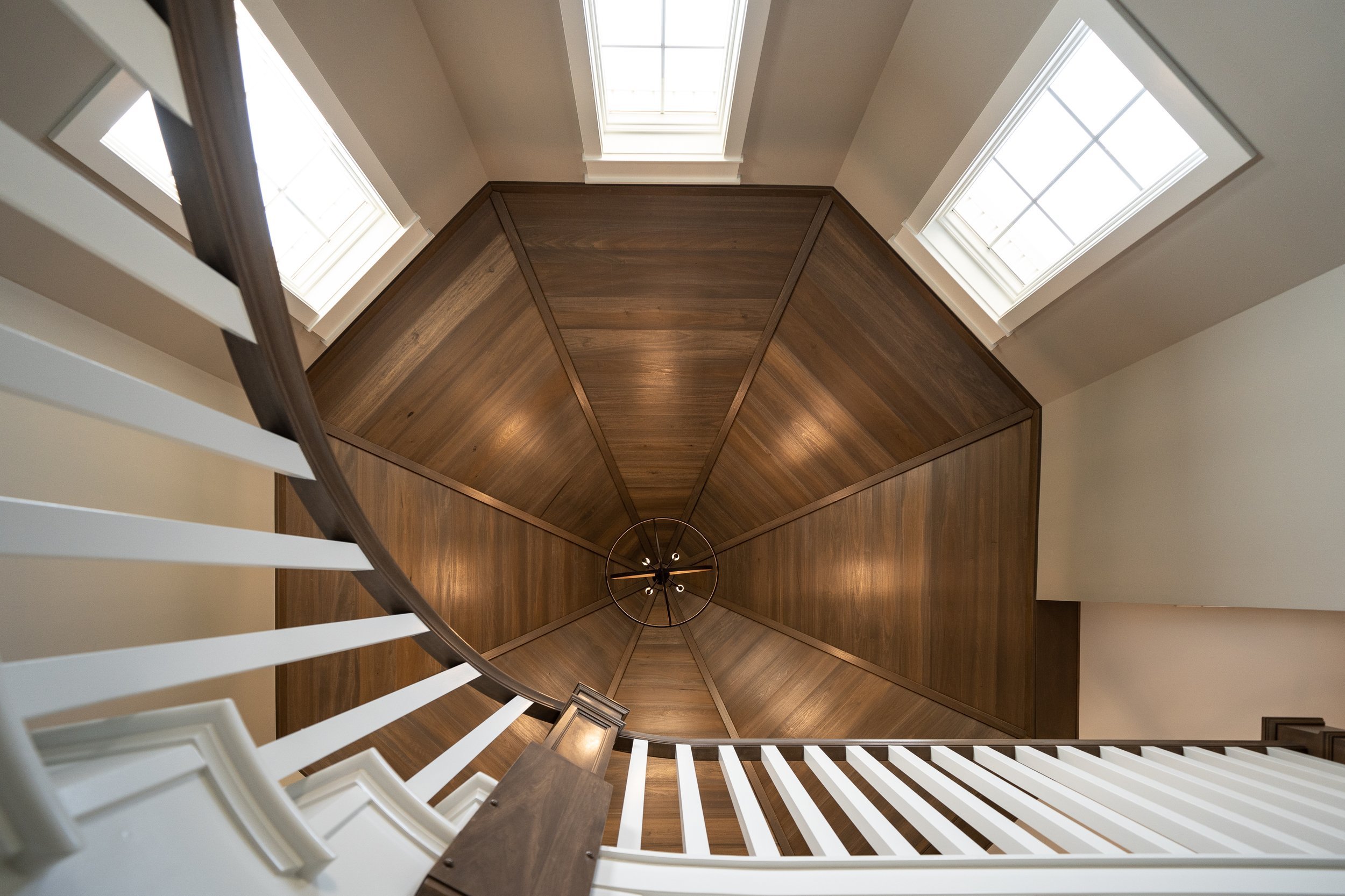

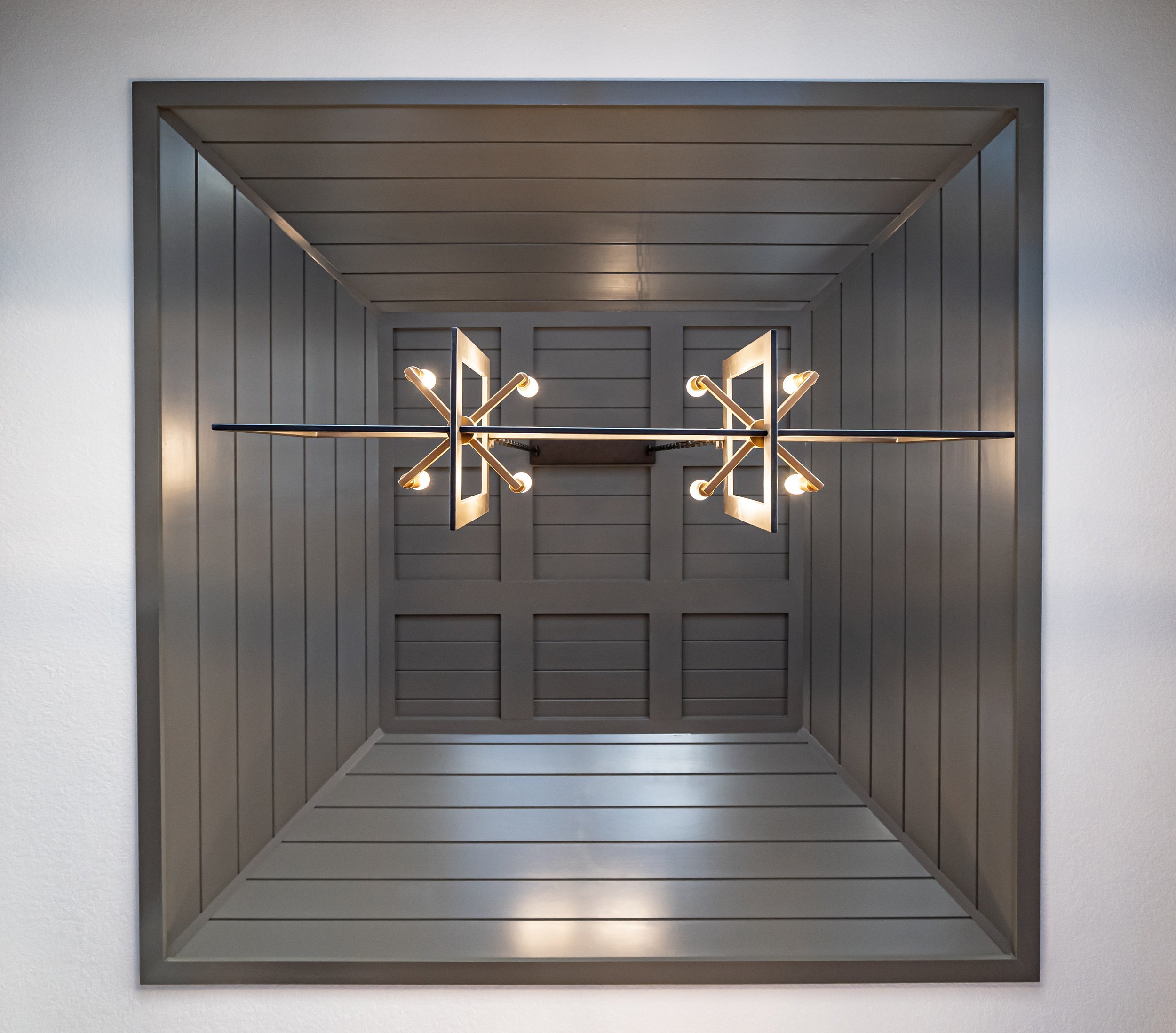
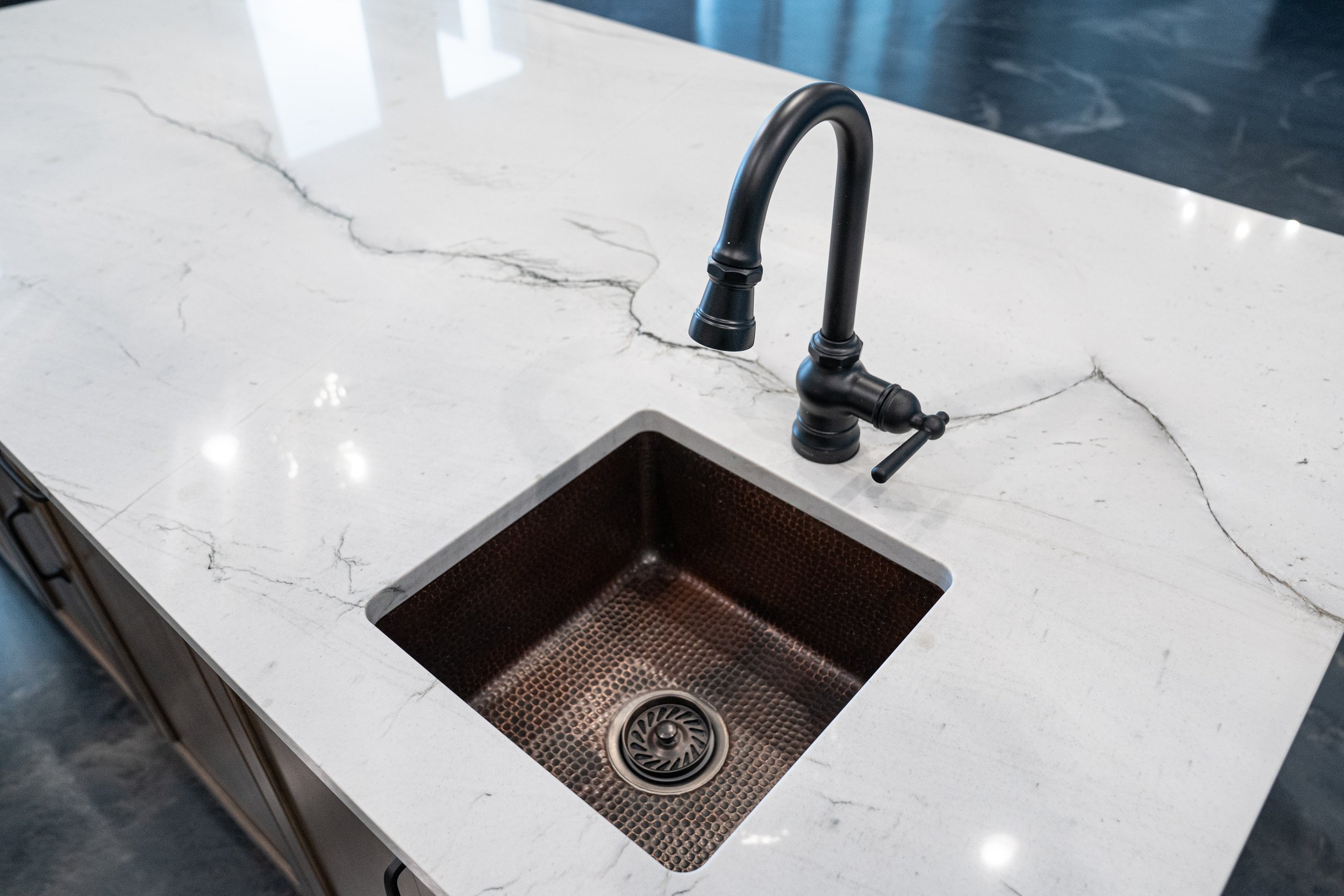
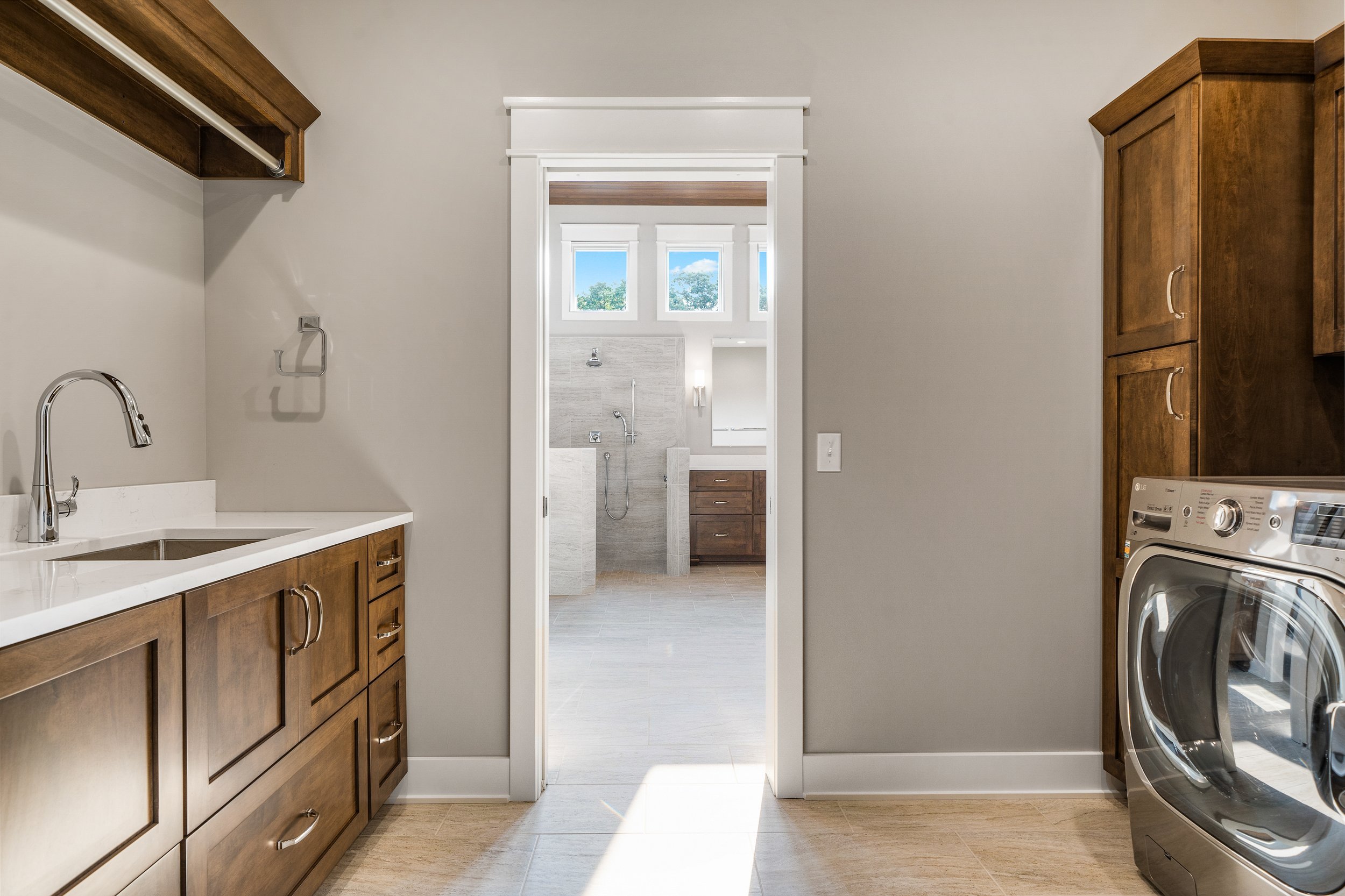
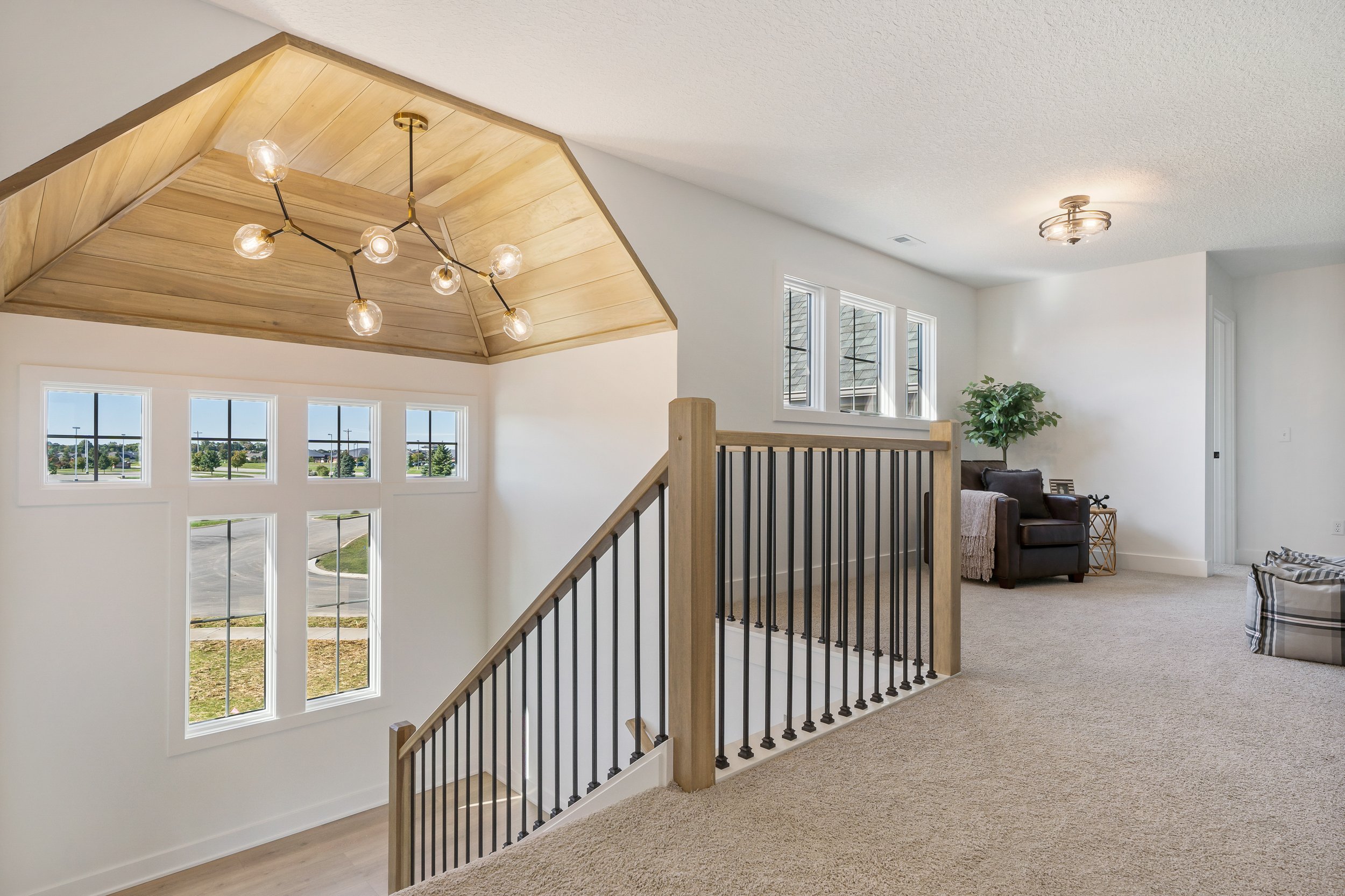
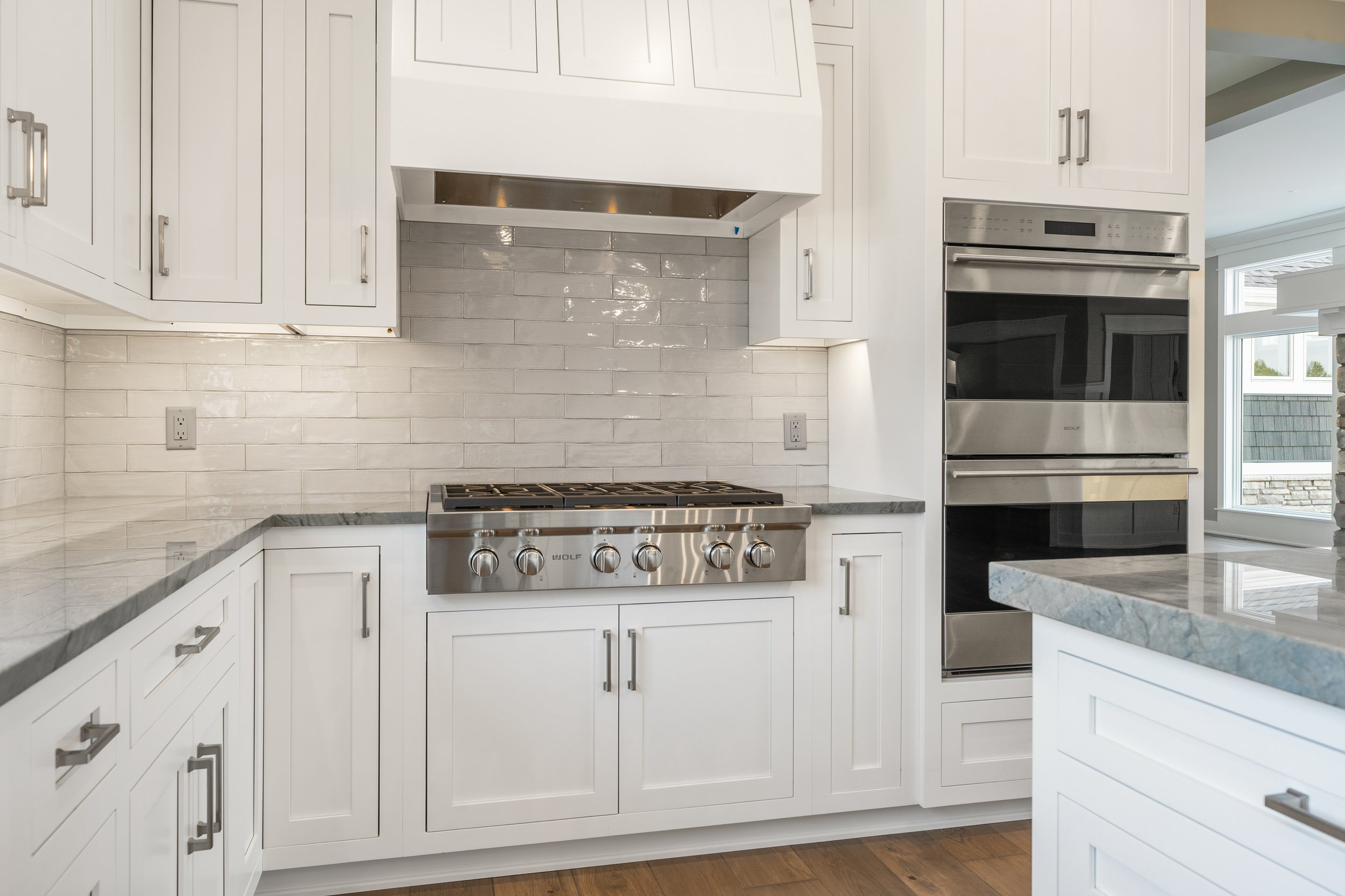
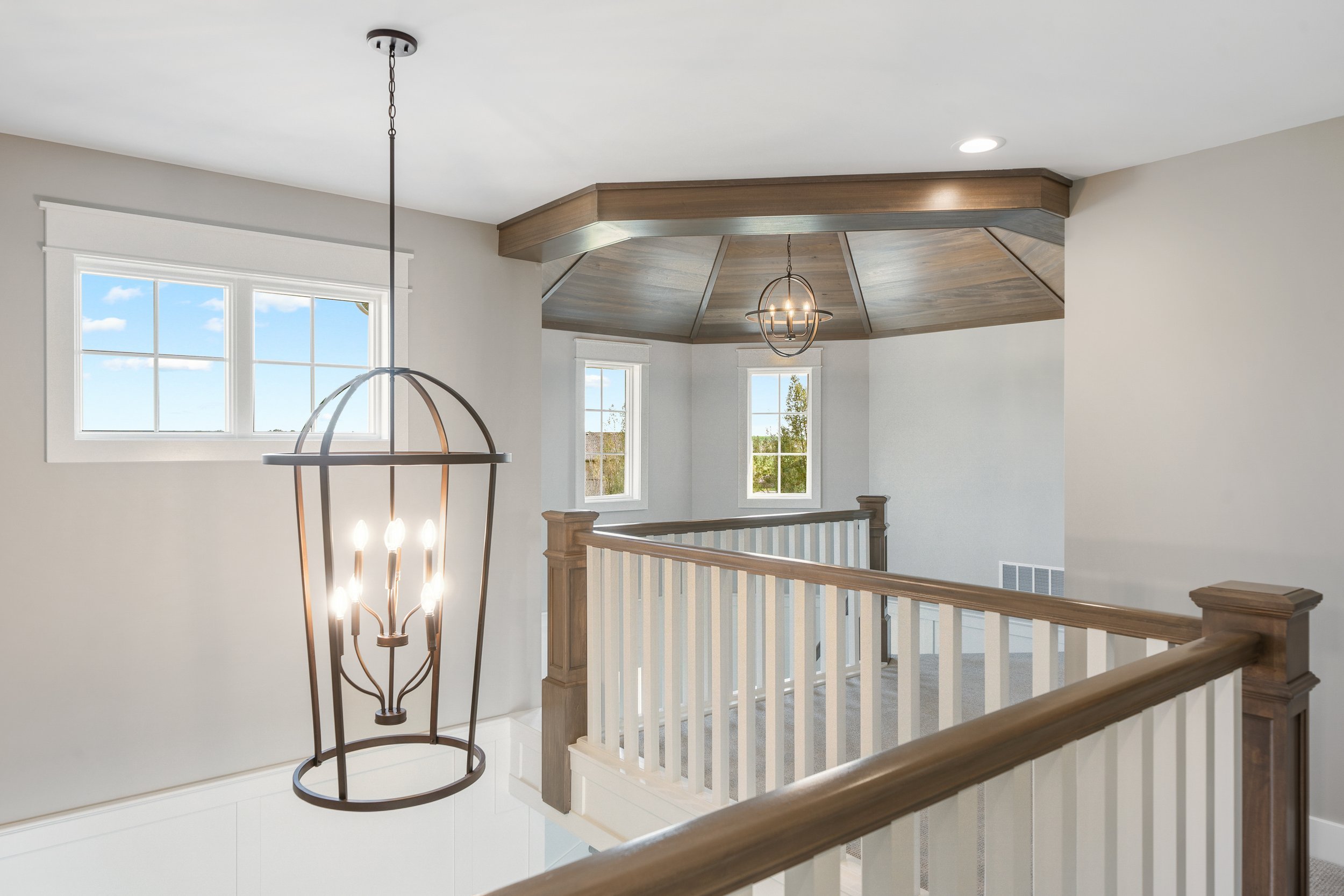
Professional photography is a key building block of a persuasive story that sets you apart from the rest and makes you unforgettable to clients.
Whenever it’s high end — call Tony Frantz, whenever it’s low end? Call that bargain basement guy whose quality isn’t that great. Maybe it’s harsh, but the saying is still true: you get what you pay for.
____________________________
Tony Frantz Studio is a proud partner of both the Home Builders Association of Fort Wayne and the Building Contractors Association of Northeast Indiana. Are you a home builder or new construction? Reach out and let’s get started on your visual feature today!
All photos are of Timberlin Homes who I’ve had the pleasure of partnering with for the past several years. Long-term relationships are my jam.
Night Droning 101
Recently, I was hired to shoot several properties for a client, both day and night shots. Sure, no problem!
Of course, it’s not exactly that easy. Technically, as a professional Part 107 Certified drone pilot, you can’t just shoot a commercial drone gig without doing a couple things first. Here’s a quick recap:
Recently, I was hired to shoot several properties for a client, both day and night shots. Sure, no problem!
Of course, it’s not exactly that easy. Technically, as a professional Part 107 Certified drone pilot, you can’t just shoot a commercial drone gig without doing a couple things first. Here’s a quick recap:
1) Get Part 107 Certified Yes, you can drone any time you want to … as a hobbyist or for recreational use only, even at night. If however, you are taking photos or video for compensation or sale to another individual (aka for business use or commercial operation), you must fly under the FAA’s Small UAS Rule (Part 107) and register your drone with the FAA. In order to obtain a Remote Pilot Certification from the FAA, you will need to study for and pass an aeronautical knowledge test at an FAA-approved Knowledge Testing Center. Once you are registered and certified, you must have your Remote Pilot Certificate with you whenever you fly your UAS (Unmanned Aircraft System, aka drone).
2) Equip Your Drone with “Anti-Collision Lights” Both licensed and recreational drone pilots are allowed to fly their drones at night without applying for a waiver (more on this later)—as long as they have the proper lights. Yes, your drone probably came with minimal lights already attached—these do not count. You must purchase and add specific anti-collision lights that can be seen up to a distance of three statute miles and have a flashing rate sufficient to avoid collision. I bought the Lume Cube Drone Strobe | FAA Anti-Collision Lights from Amazon. They arrived quickly and were super easy to attach, highly recommend.
In summary, as a commercial Part 107 licensed drone pilot, you can fly your drone at night if you meet two conditions: 1) You have completed the online recurrent training or updated knowledge test covering night flying, and 2) Your drone has been equipped with anti-collision lights that are visible for a distance of at least three statute miles.
But wait — there’s more! Before you fly, check to see if your city has a drone ordinance. Fort Wayne requires that drone pilots notify the city before any flights in specific areas (usually downtown) and to fill out a form with your FAA Pilot Certificate number, the make and model of your drone, liability insurance company name, and time of flight. Otherwise, the local police department will show up faster than you’d expect (not that that has ever happened to me or anything *cough, cough*).
Anything I didn’t cover here can be recapped in more detail at: KnowBeforeYouFly.org
Happy droning!
PS: Don’t forget to remove your ND filter when flying at night, otherwise you’re in for some extra dark shots. (Spoken from experience.)
The Road to Hana: Maui's Best Scenic Drive
Ever since returning from Hawaii, I’ve been going through my photos and remembering all the beautiful landscapes. The depth of layers brought back memories of staring into viewfinders as a kid.
One of my favorite excursions was The Road to Hana. Driving the 620 curves and 59 bridges that were often one-lane with hairpin turns was a white knuckle experience and truly unforgettable. The incredible scenery (captured by #DasDrone001) made me feel lucky to be alive, in Hawaii, and in that moment.
Ever since returning from Hawaii, I’ve been going through my photos and remembering all the beautiful landscapes. The depth of layers brought back memories of staring into viewfinders as a kid.
One of my favorite excursions was The Road to Hana. Driving the 620 curves and 59 bridges that were often one-lane with hairpin turns was a white-knuckle experience and truly unforgettable. The incredible scenery (captured by #DasDrone001) made me feel lucky to be alive, in Hawaii, and in that moment.
“When it comes to driving the Hana Highway on Maui, it's the journey, not the destination, that is the main attraction. There are few words that can describe the beauty of this drive with its cliffs cloaked in green and lush valleys bursting with waterfalls.”
My best recommendation is to start early and purchase and download the Shaka Road to Hana Tour Guide before you go. It ended up being one of our favorite aspects of the trip. Driving the treacherous roads without reliable access to wifi is a stressful endeavor, but having the friendly audioguide help navigate the way was a huge help. It always knew exactly where we were, and would even point out things like a random small cave to the side of the road. In between scenic spots, pleasant and atmospheric Hawaiian music was played — 10/10 recommend.
Also — just go with the flow! We loved stopping at random points along the way and bought banana bread from the sweetest old woman ever from her house/stand in the middle of nowhere. She had a cat named Baby, and two dogs, and made quite an impression on the group.
Once we completed the "main" Road to Hana portion, the app recommended we turn around and drive BACK the way we came. Well, we were all a bit carsick and tired of twisty turn-y roads at that point (I was because I drove the ENTIRE way), so we decided to push on and complete the trip back via the other coastal road leading back to Kihei thus completing a day-long circle of Maui.
The roads were at times more than just a little breathtaking. On the way back we stopped, saw some whales from the side of the road, and took a lot of awesome drone footage.
A day or so later, my traveling buddies bought me a t-shirt from Lahaina that says: "I Survived the Road to Haha" as a thank you for driving. I guess you could say it was a successful adventure.




